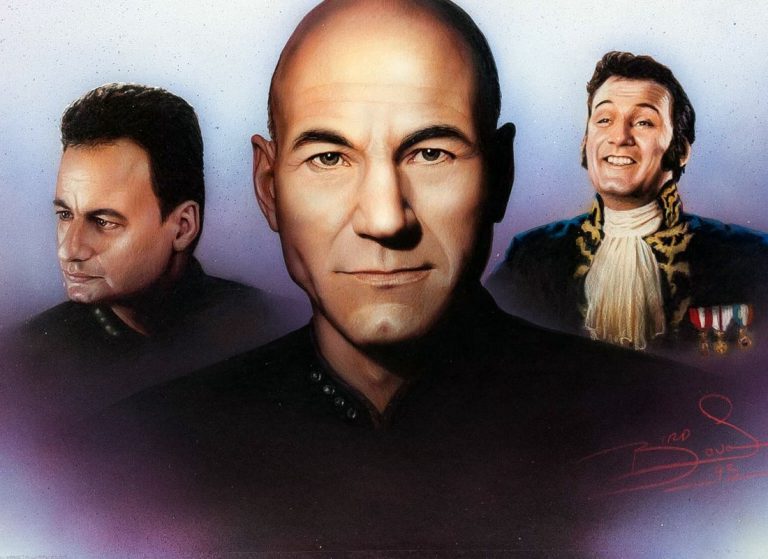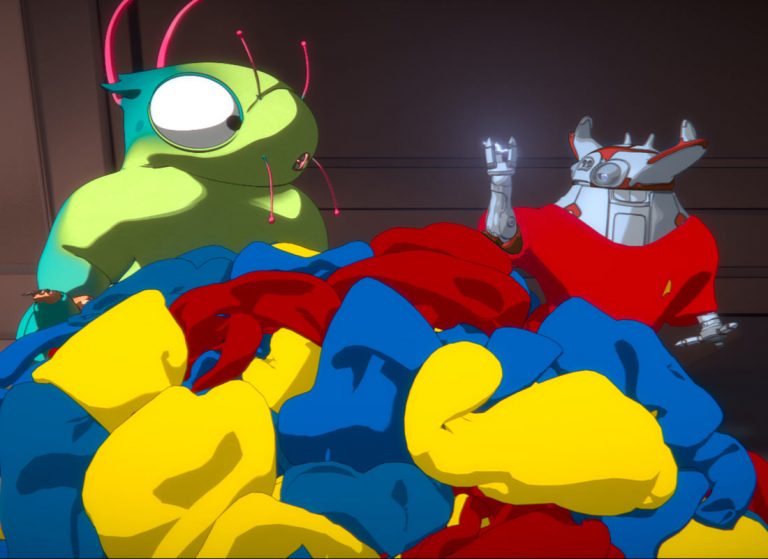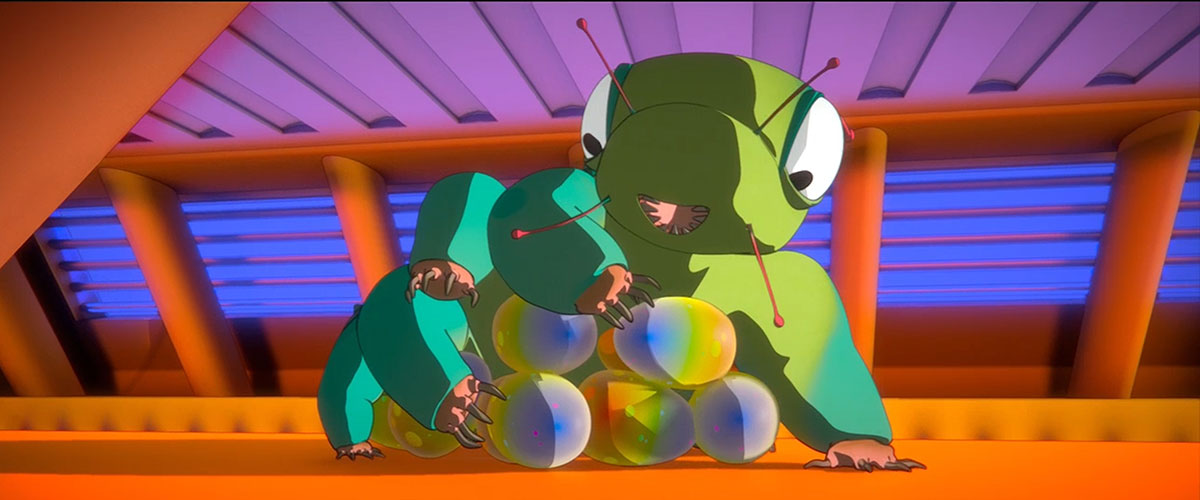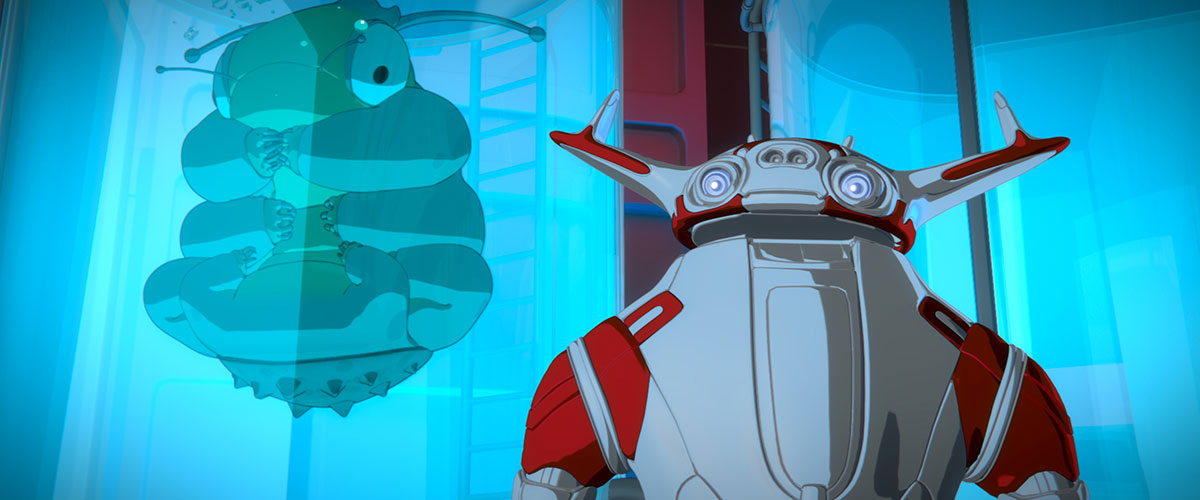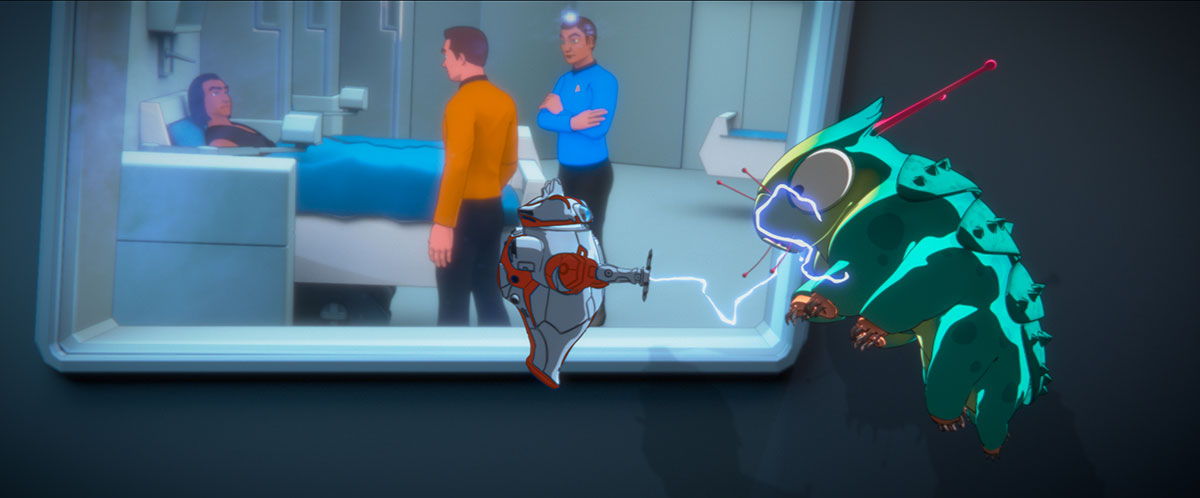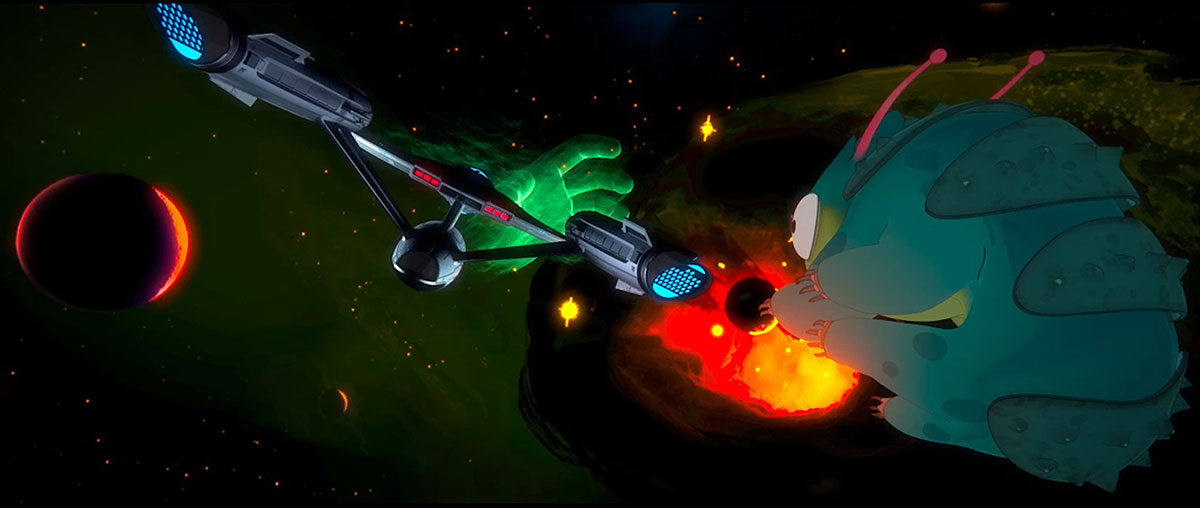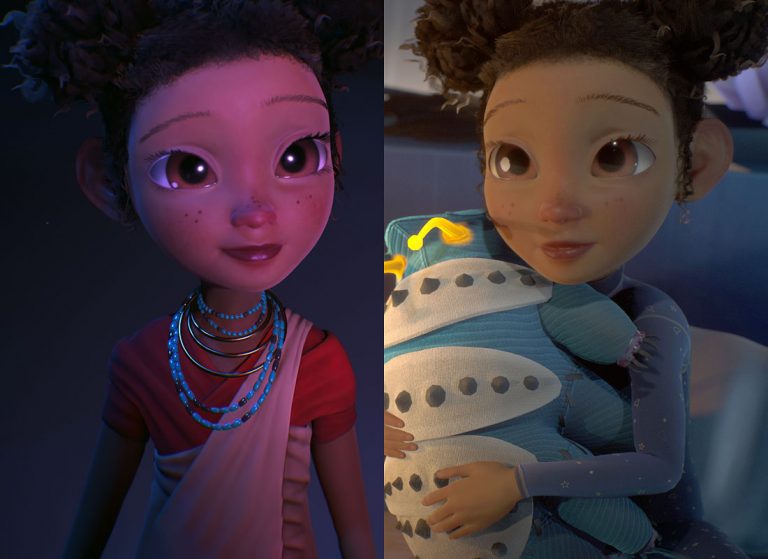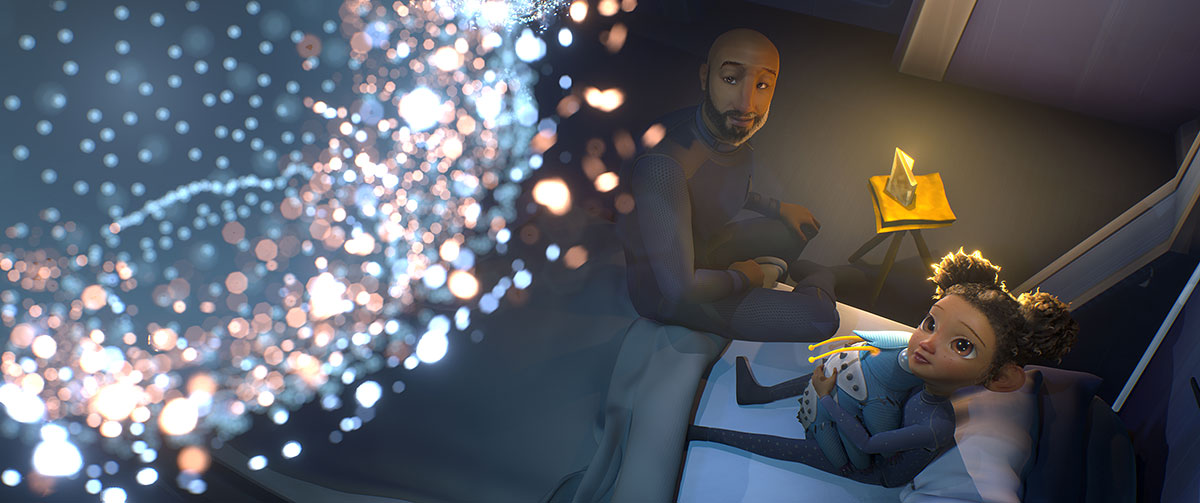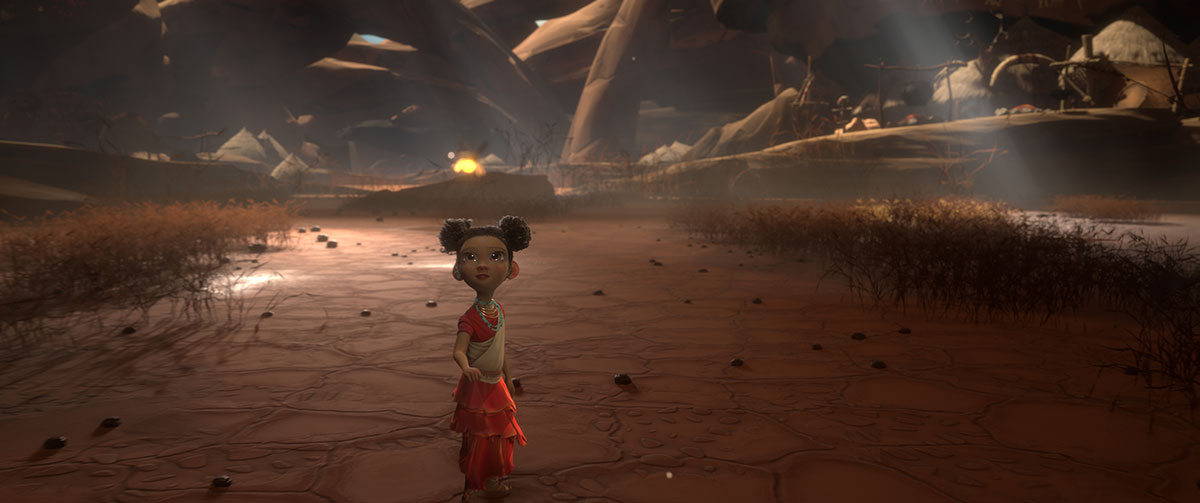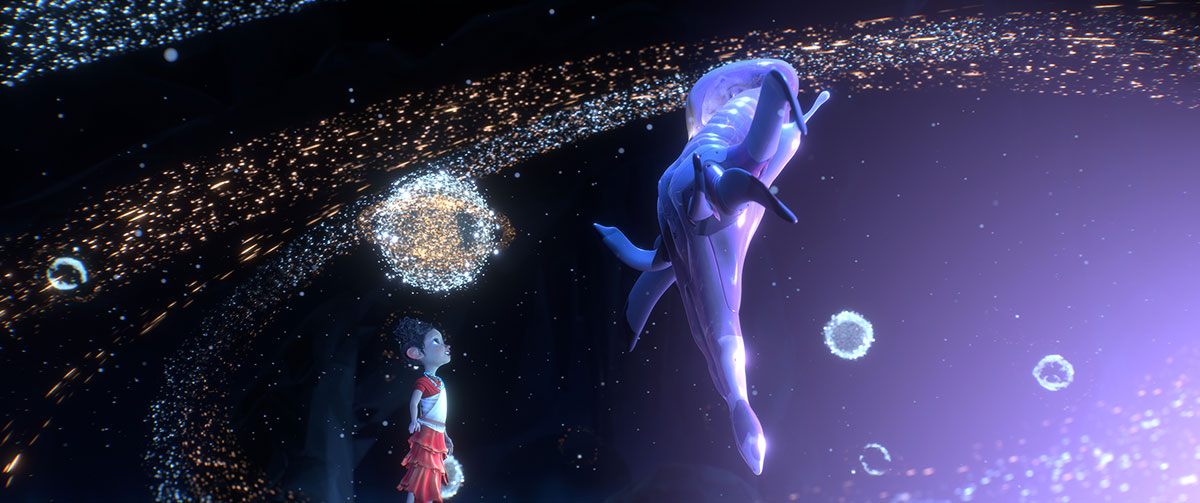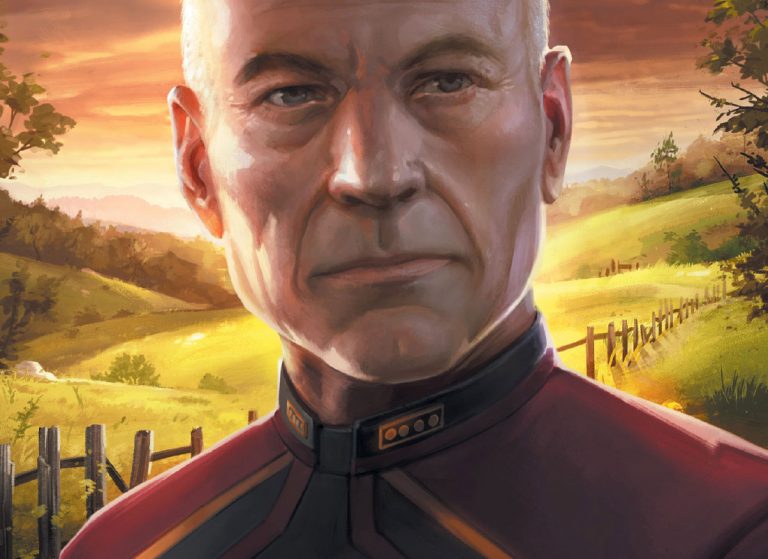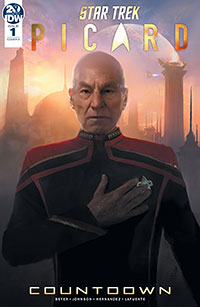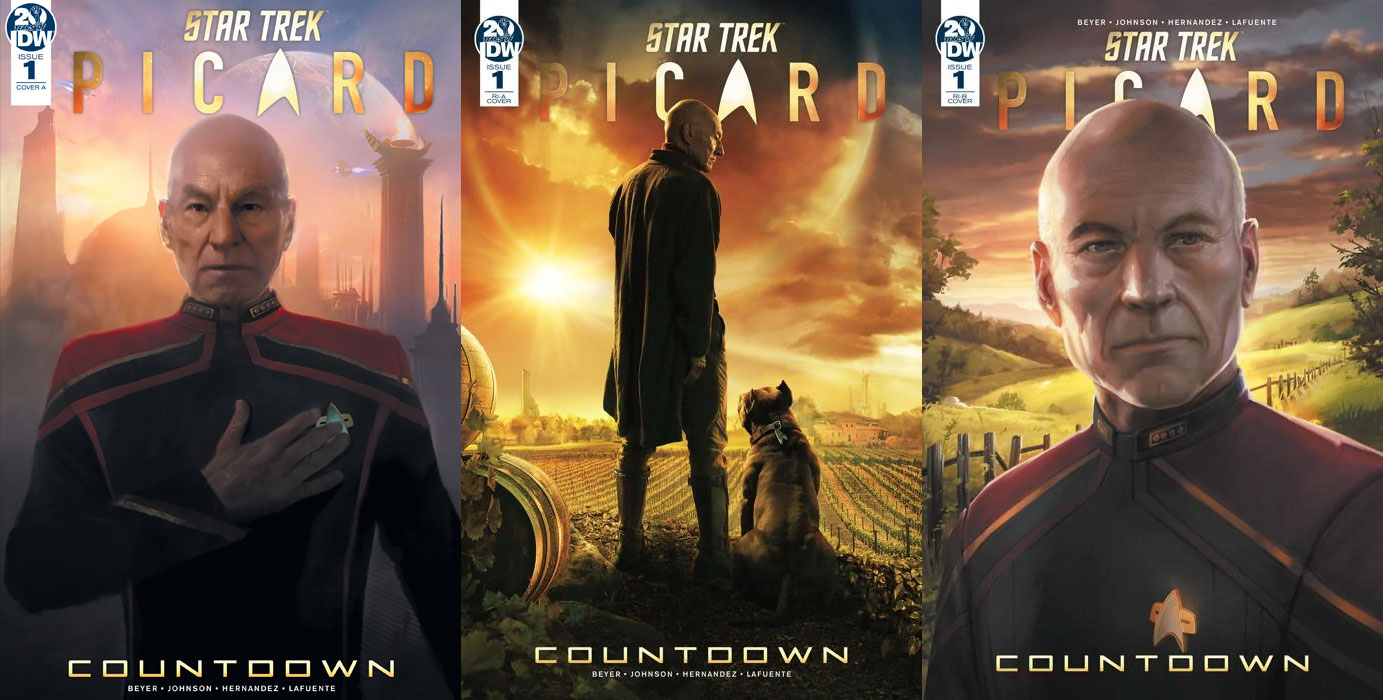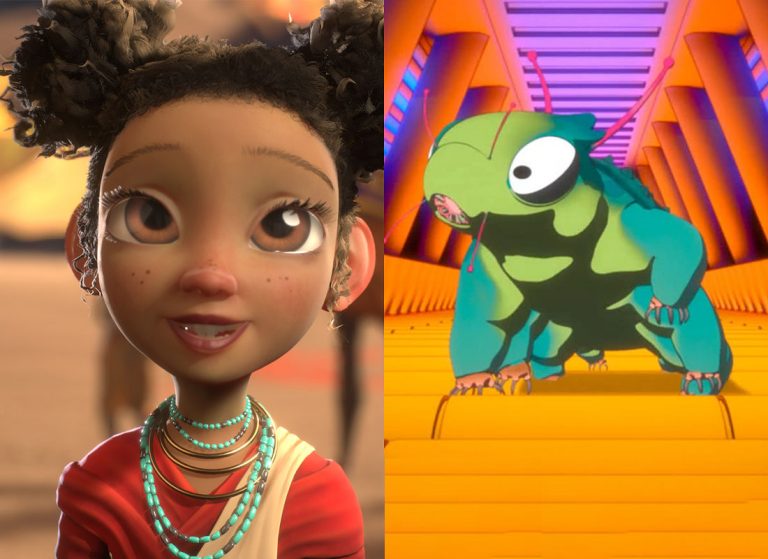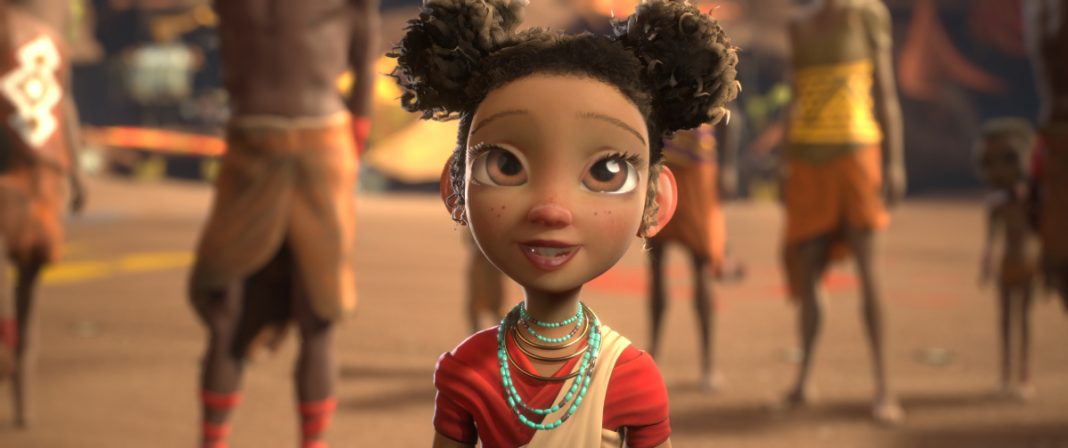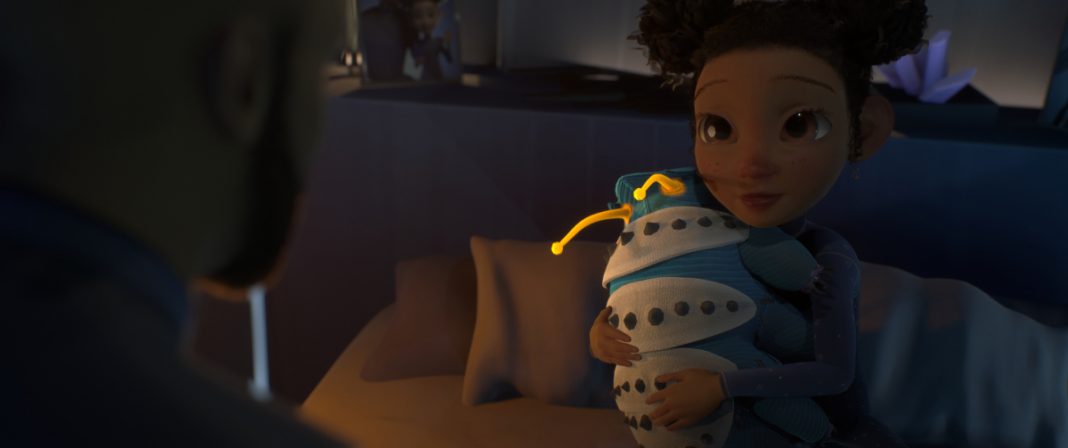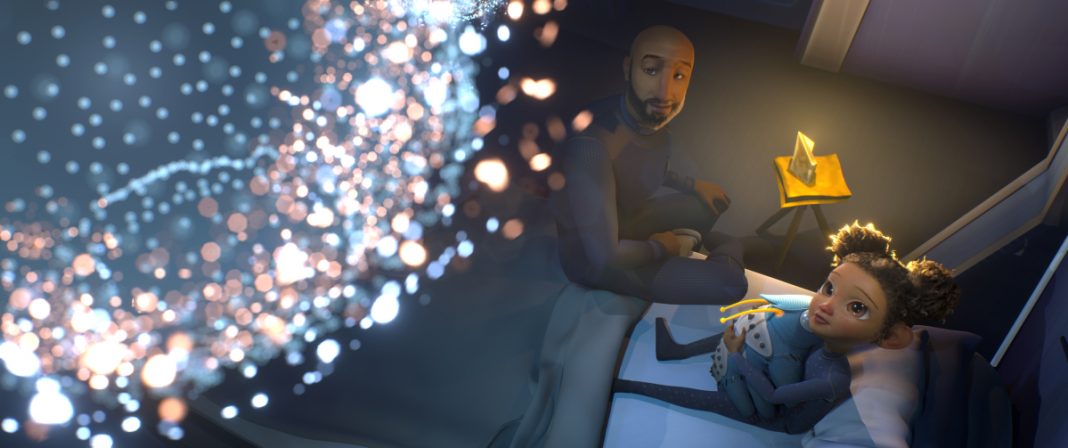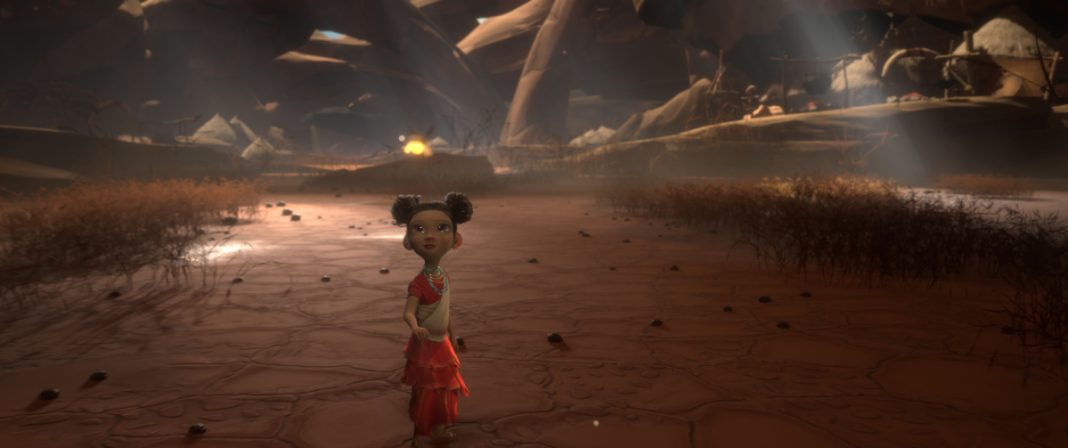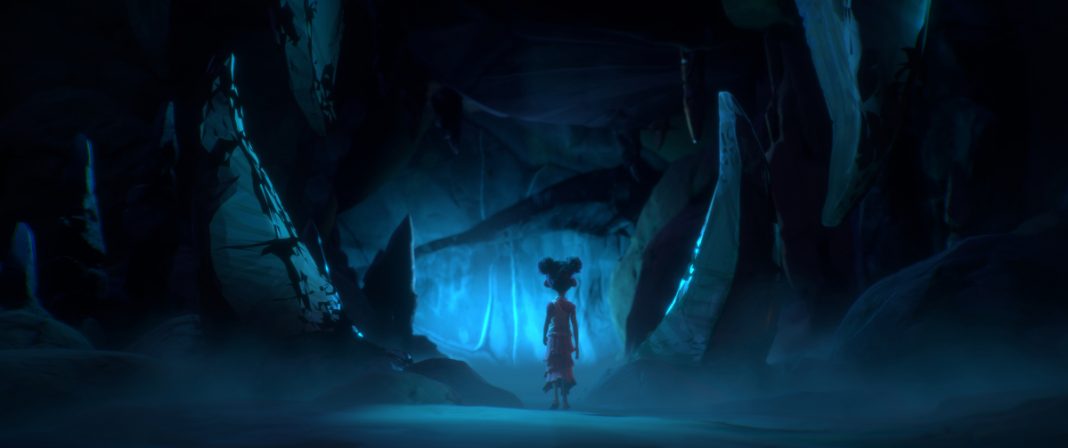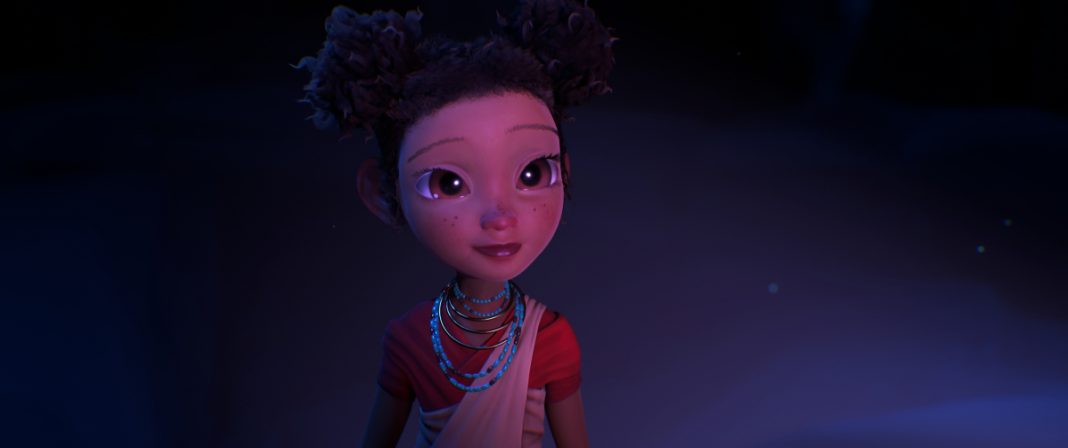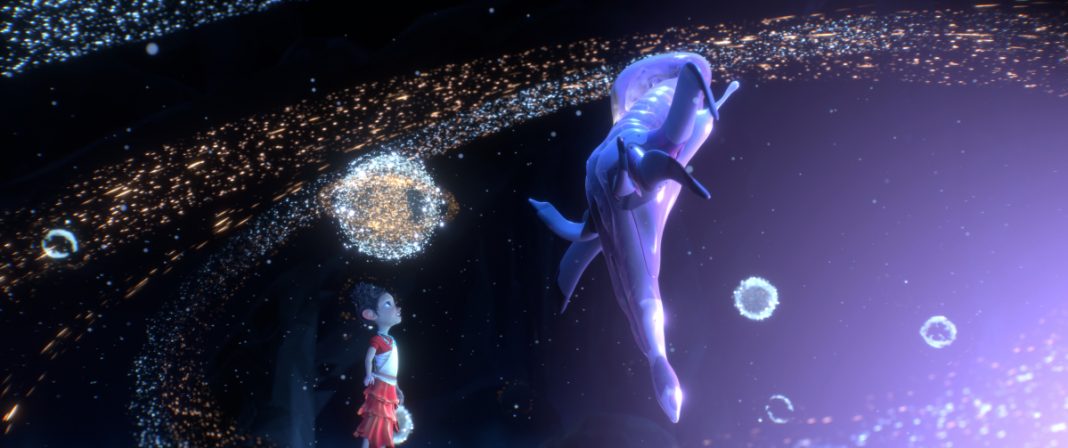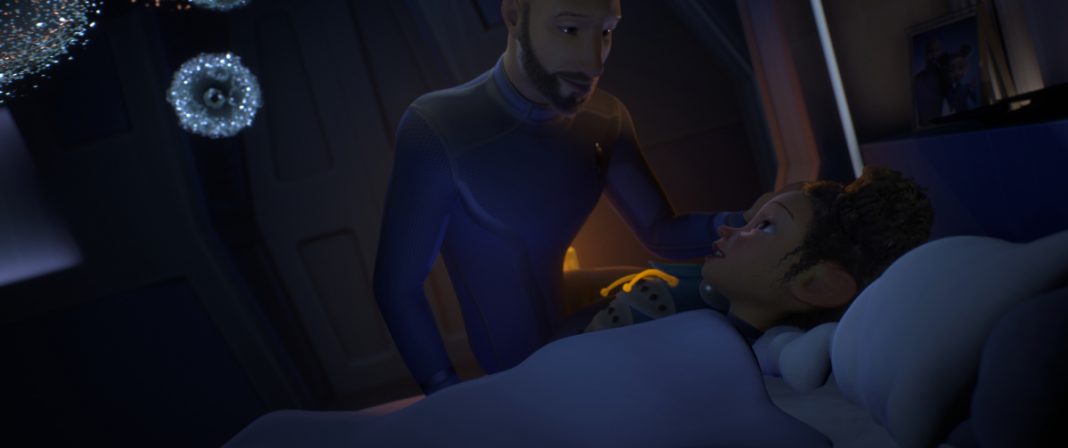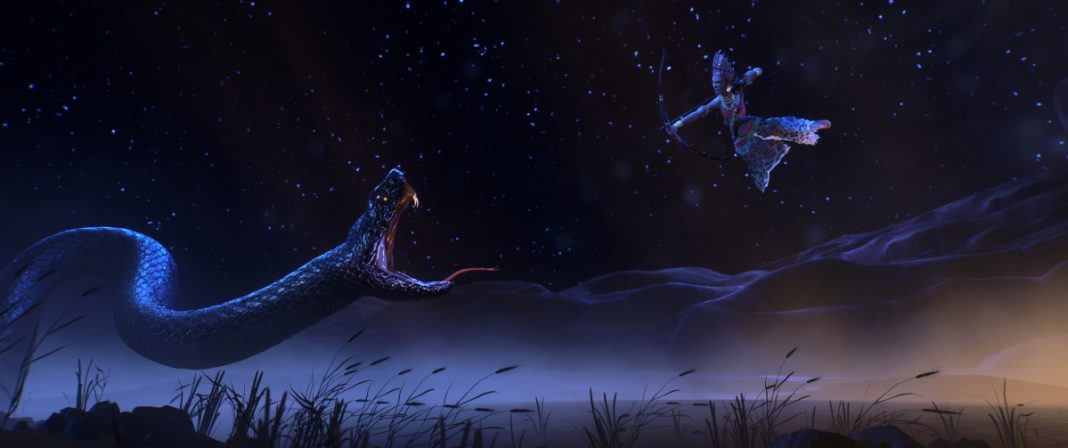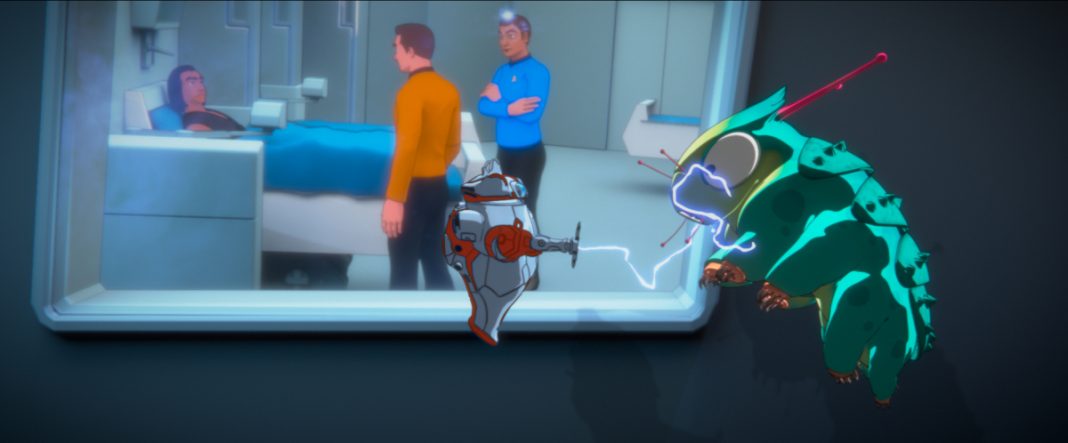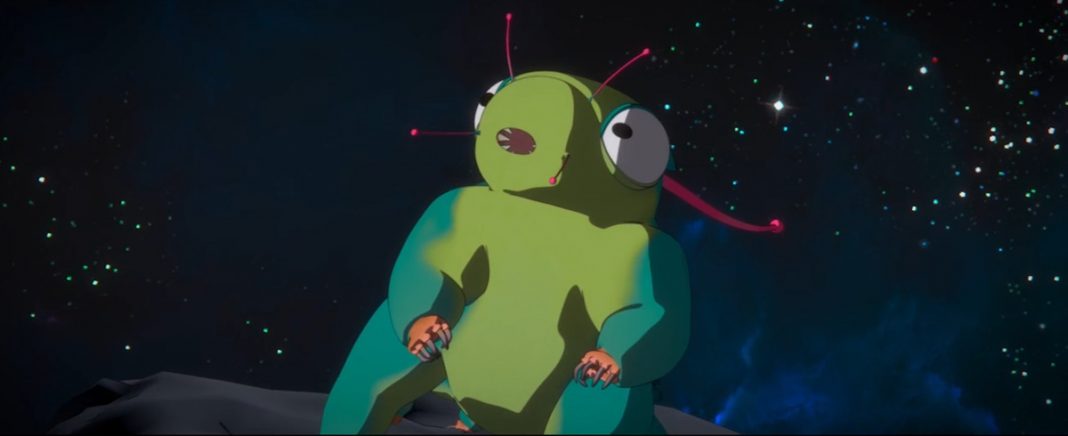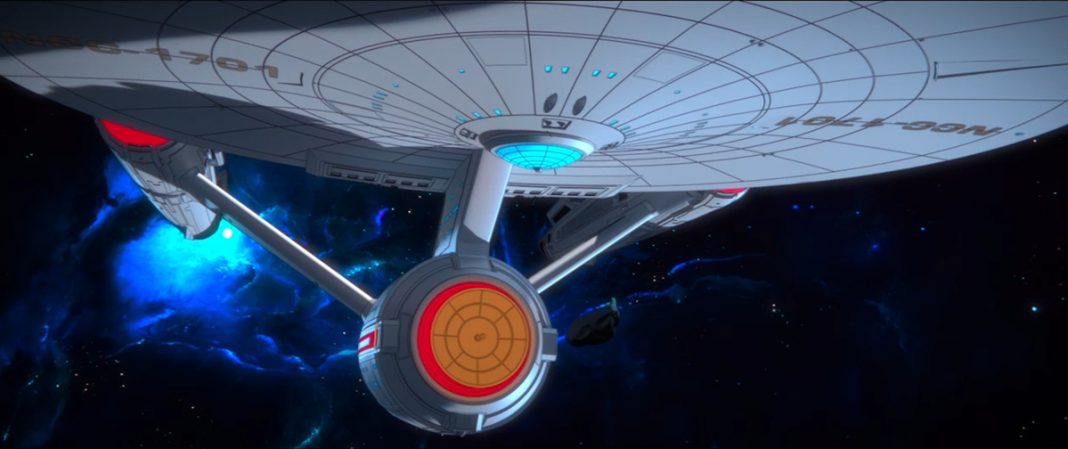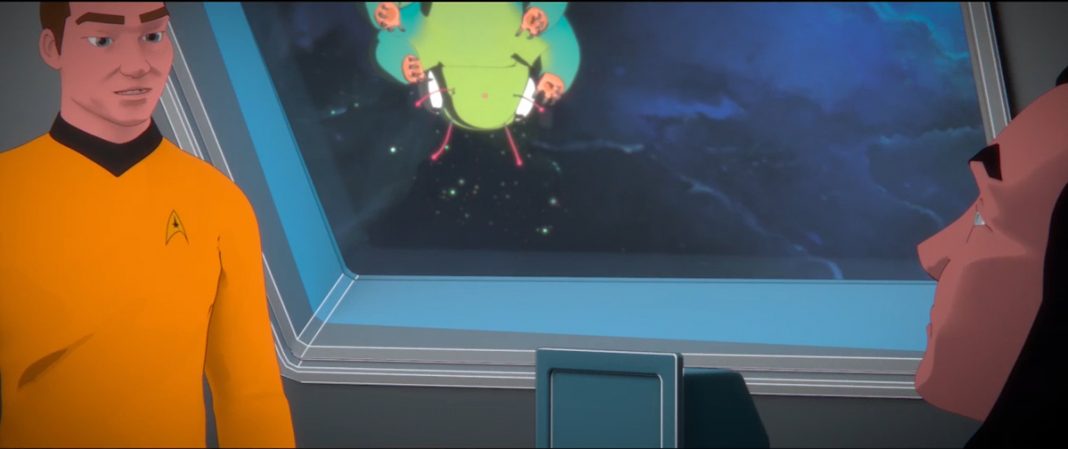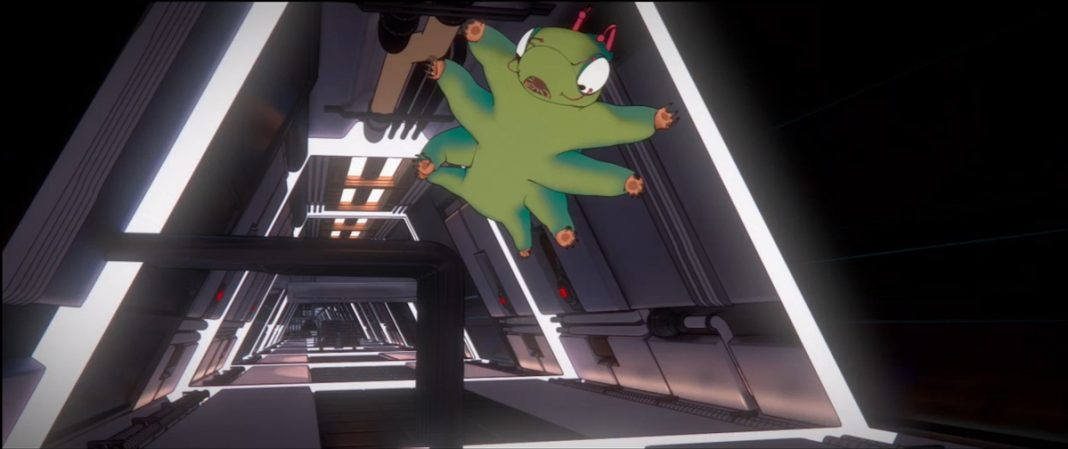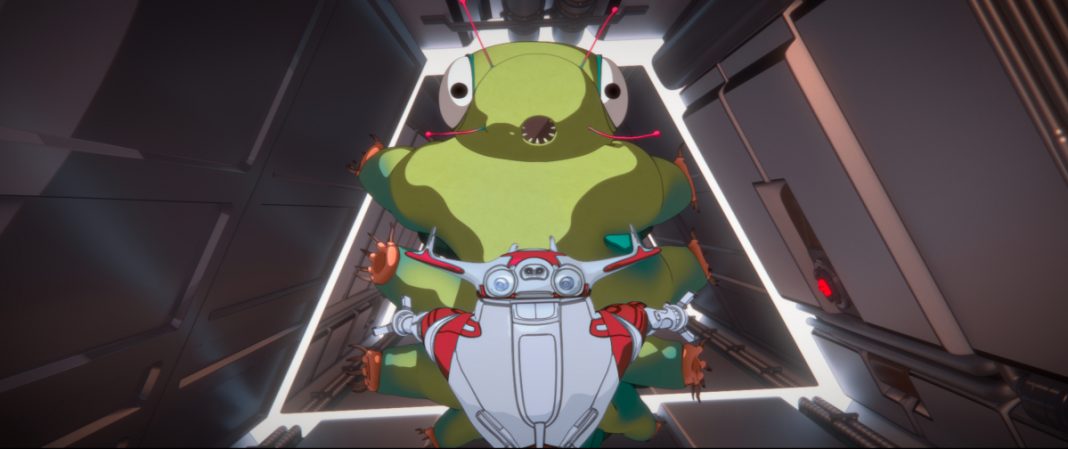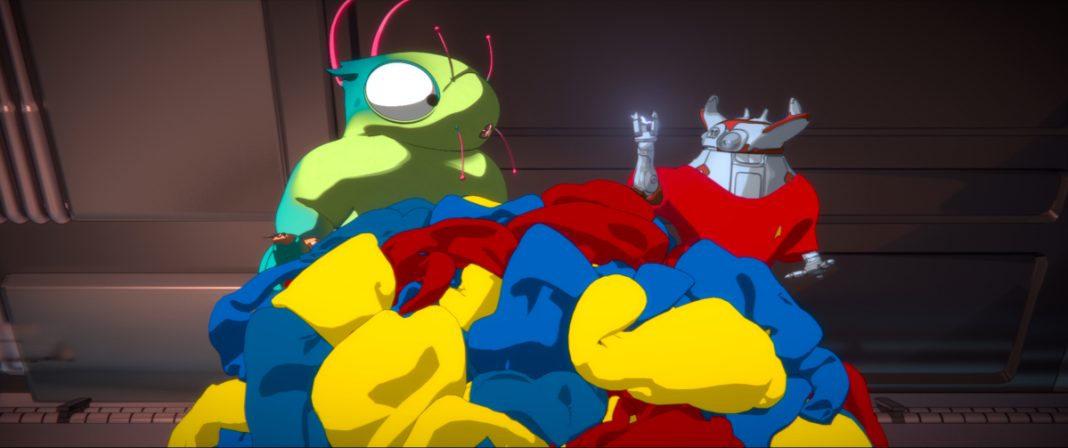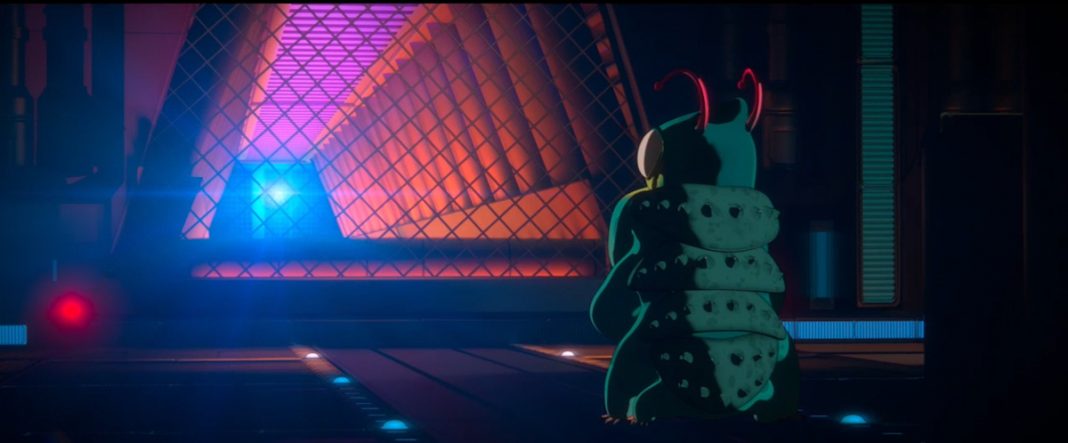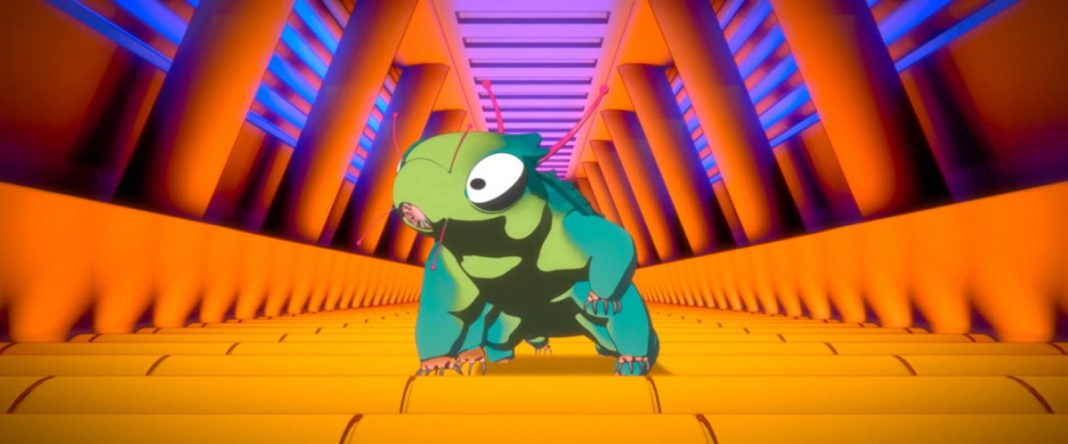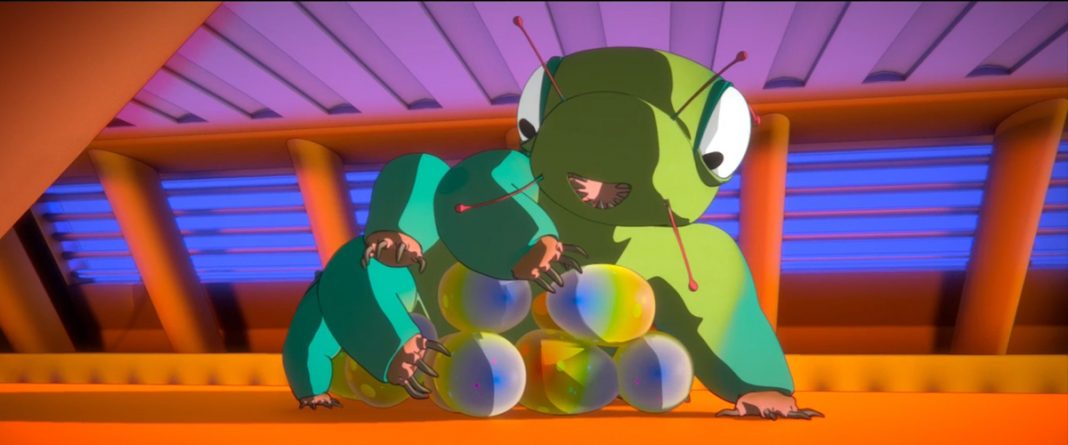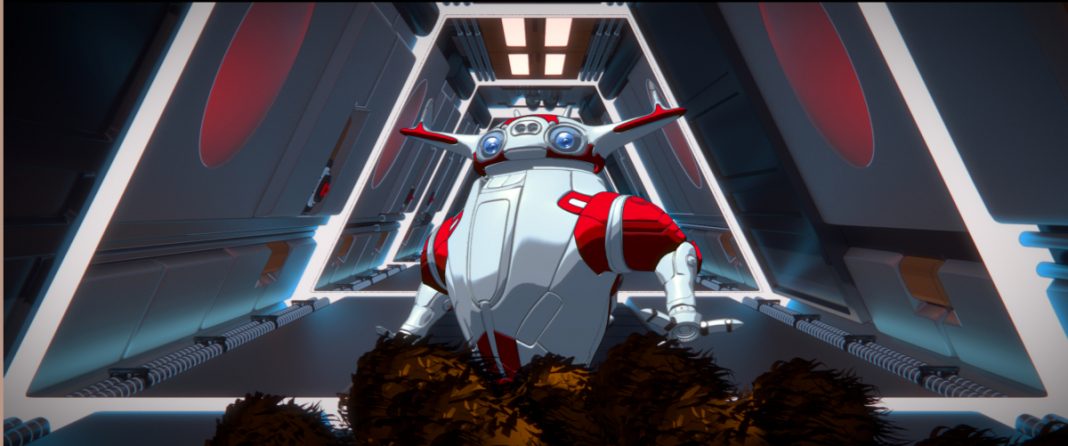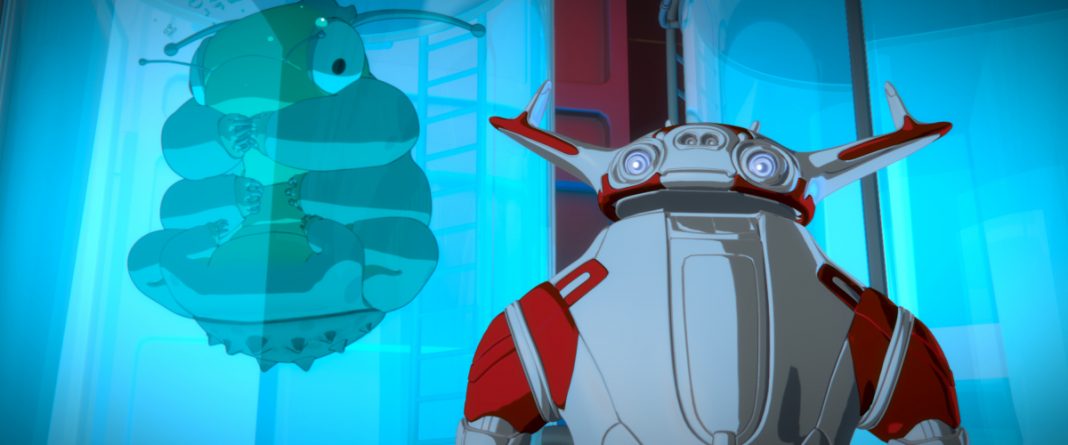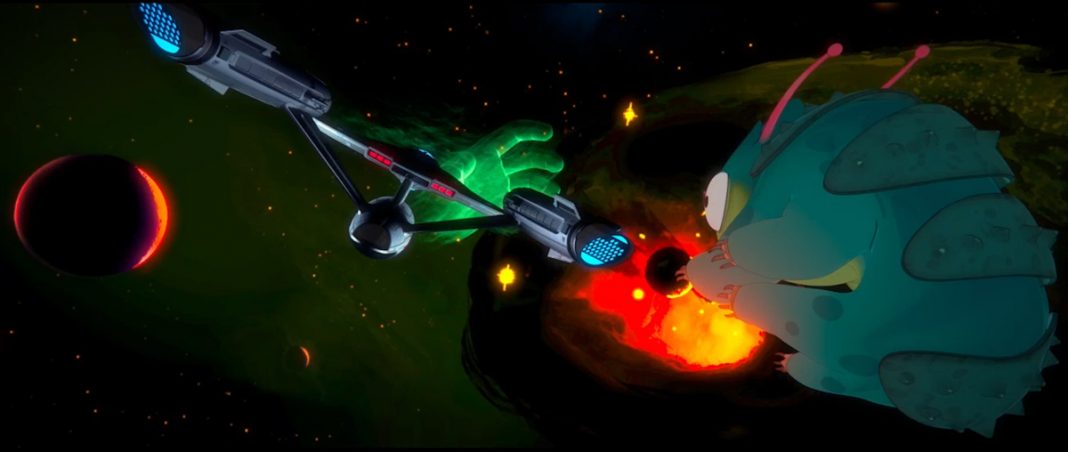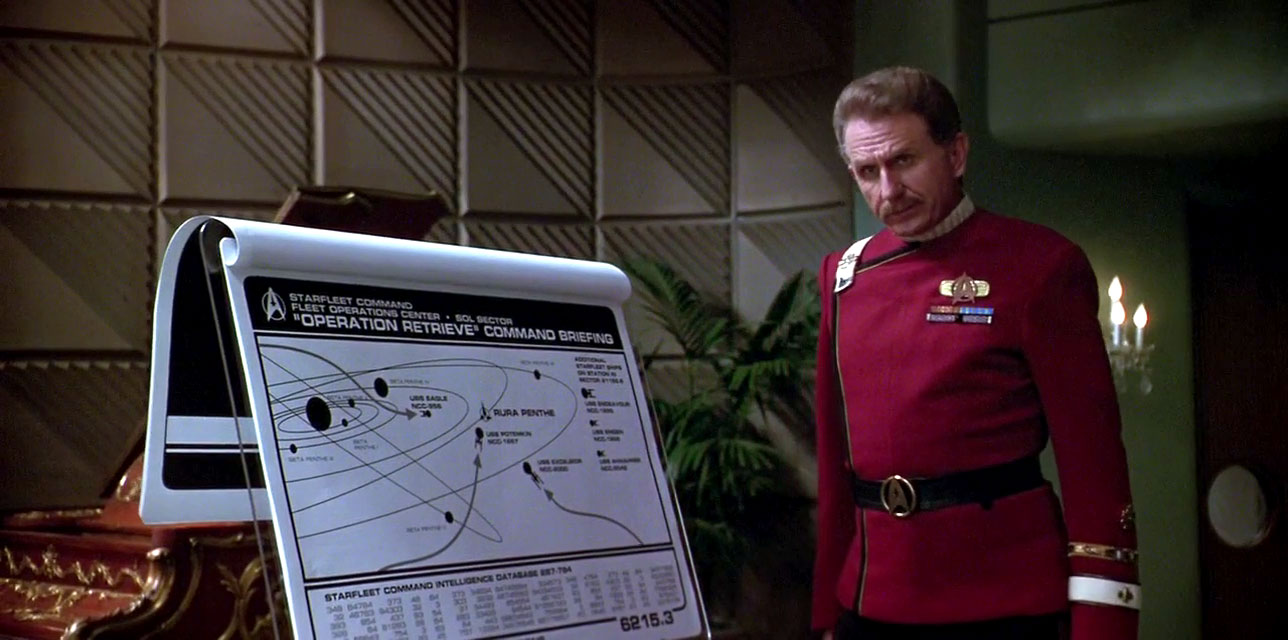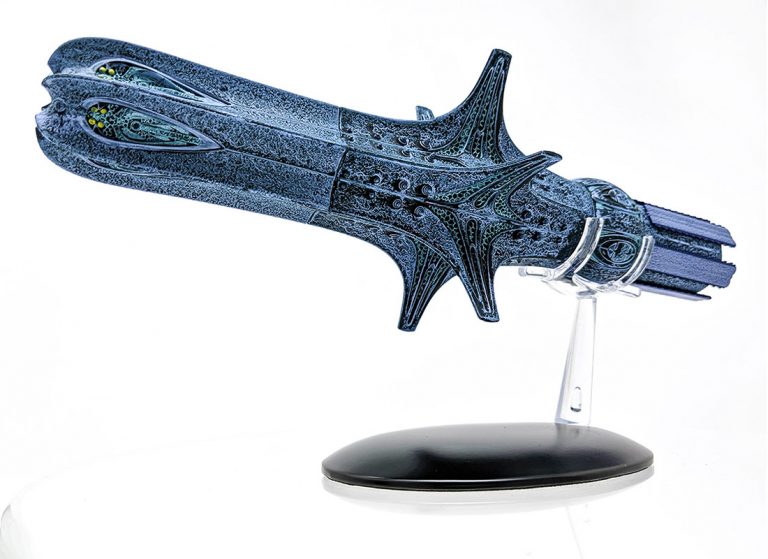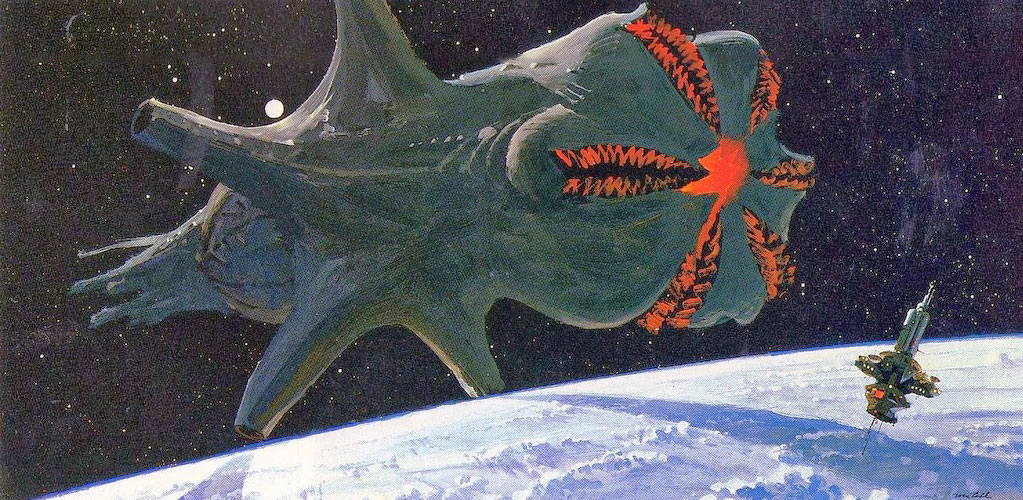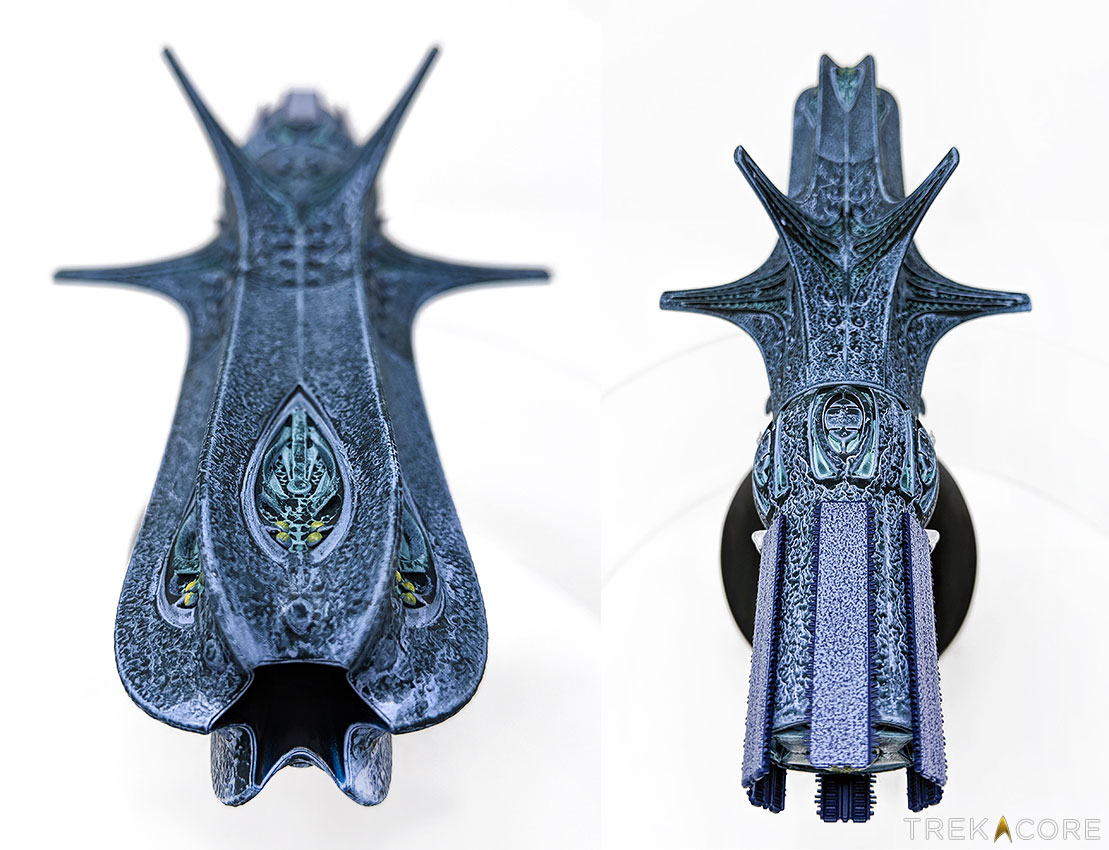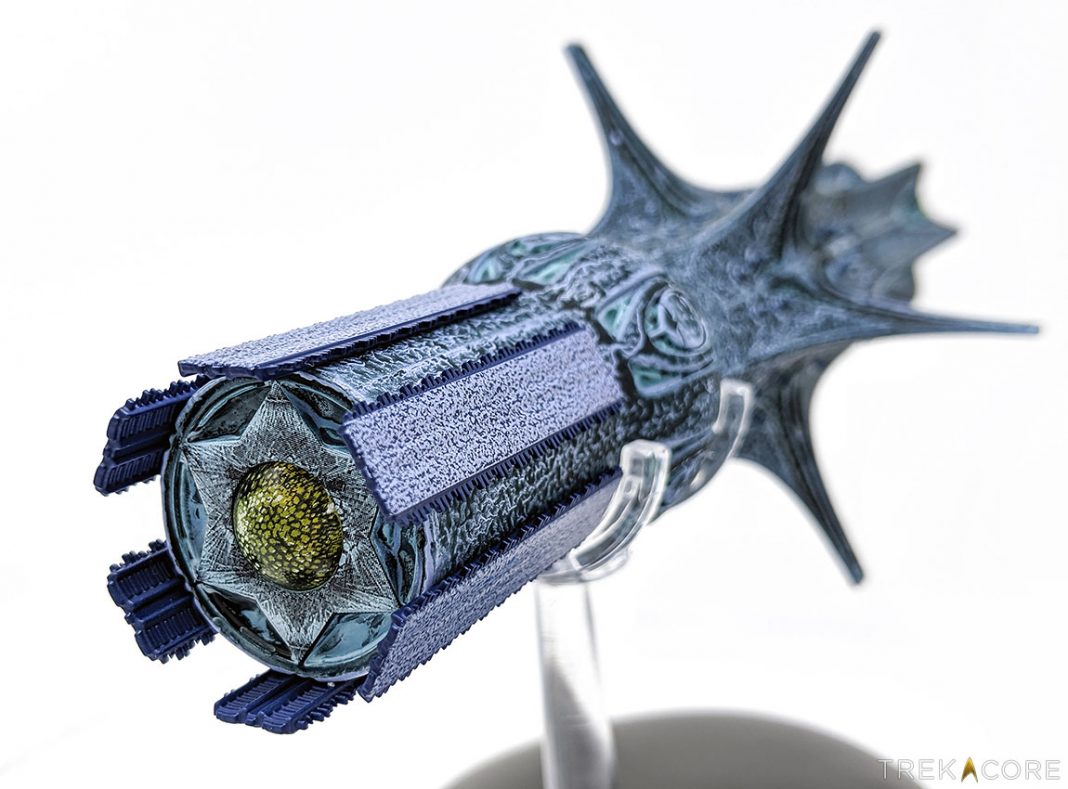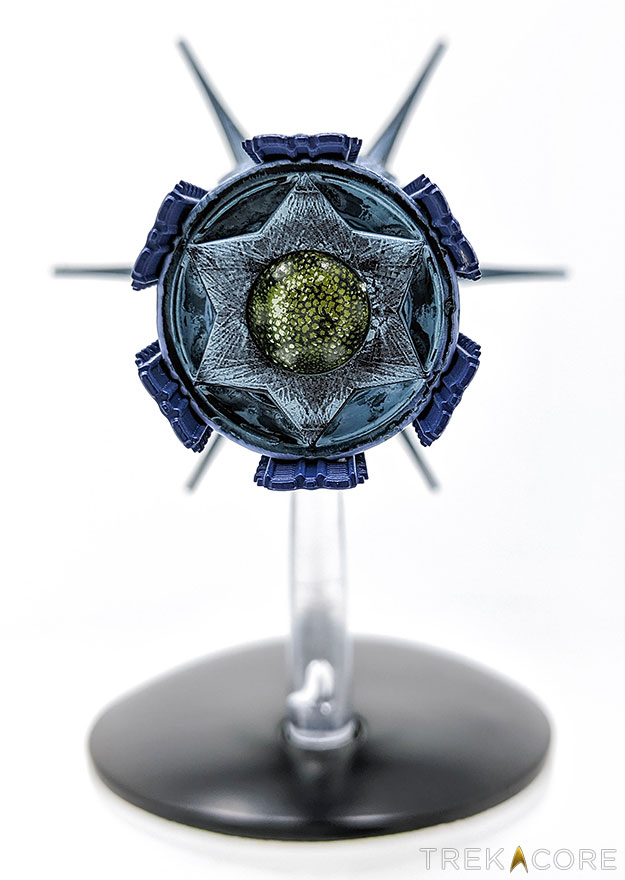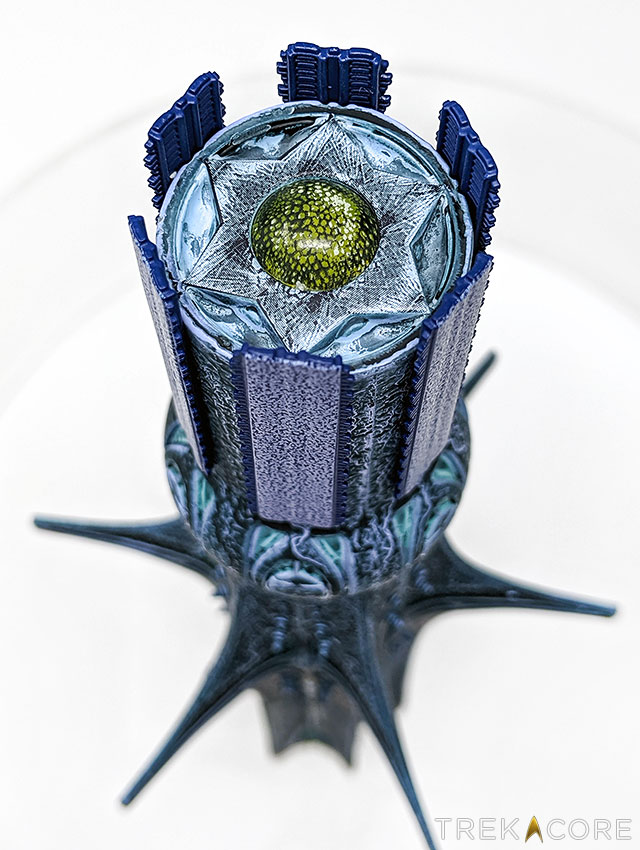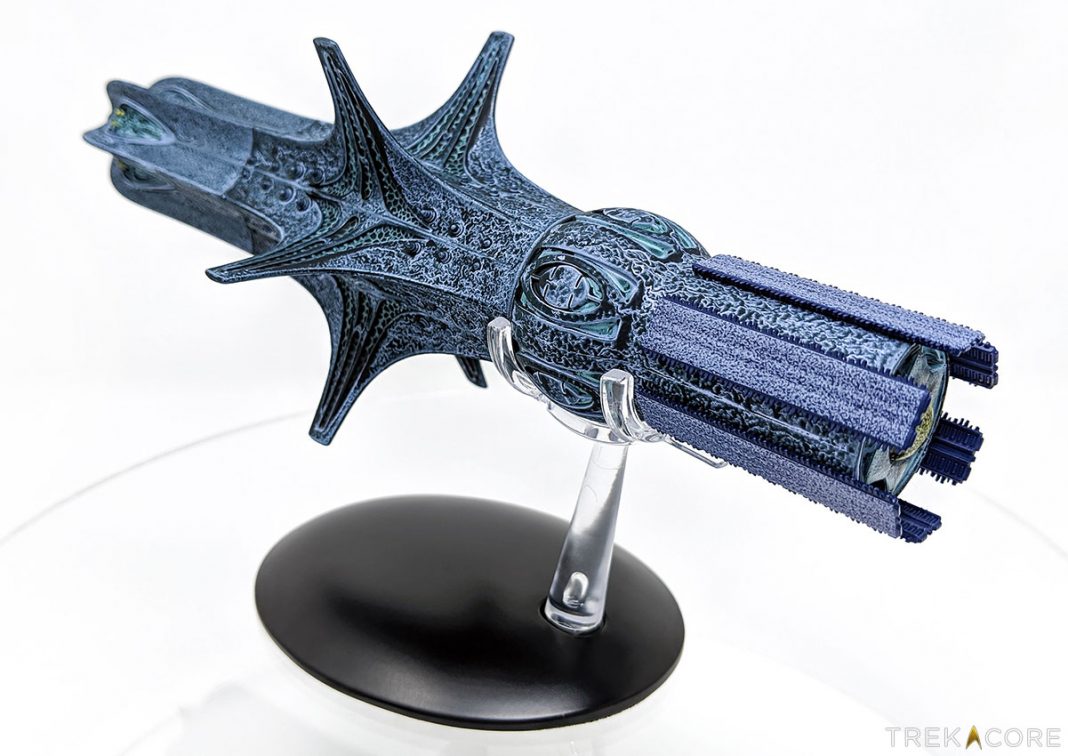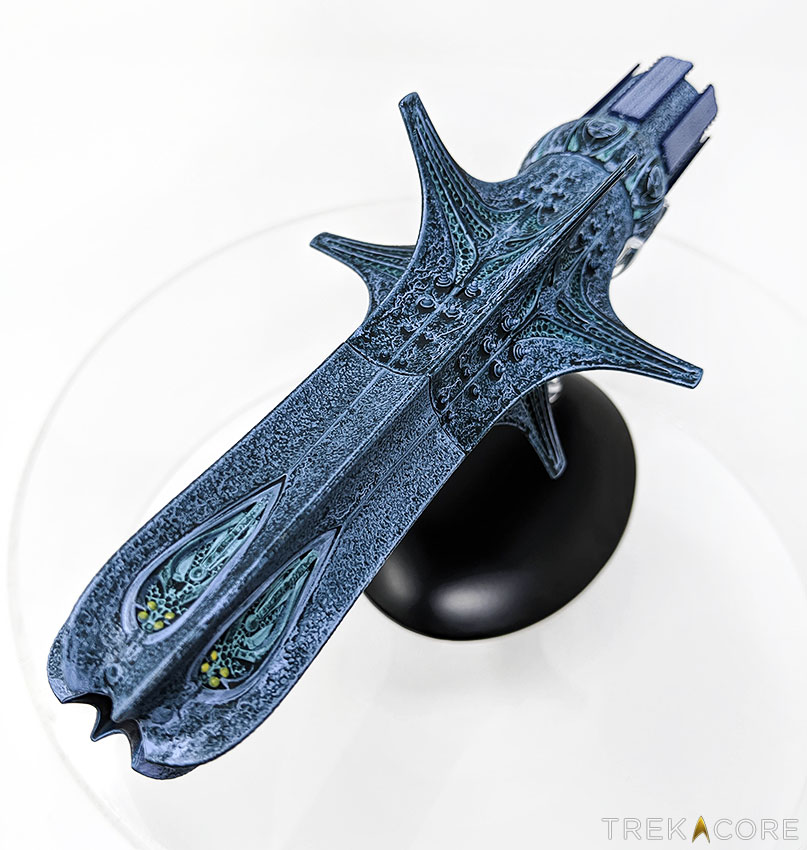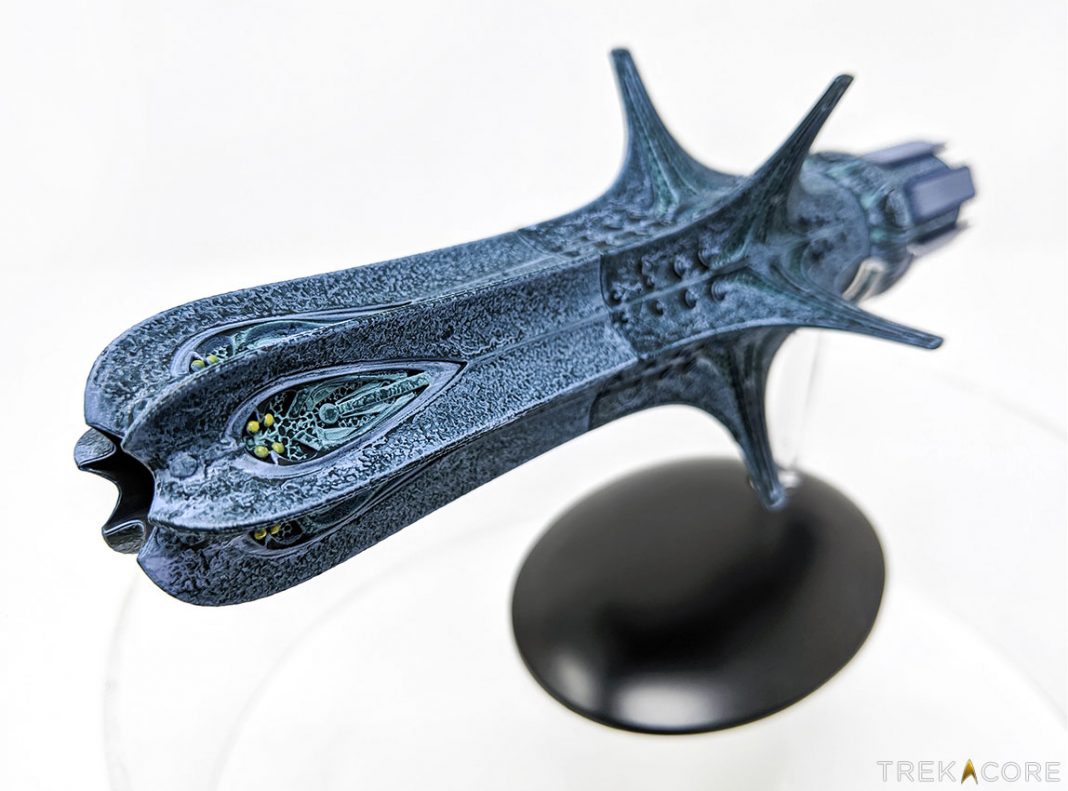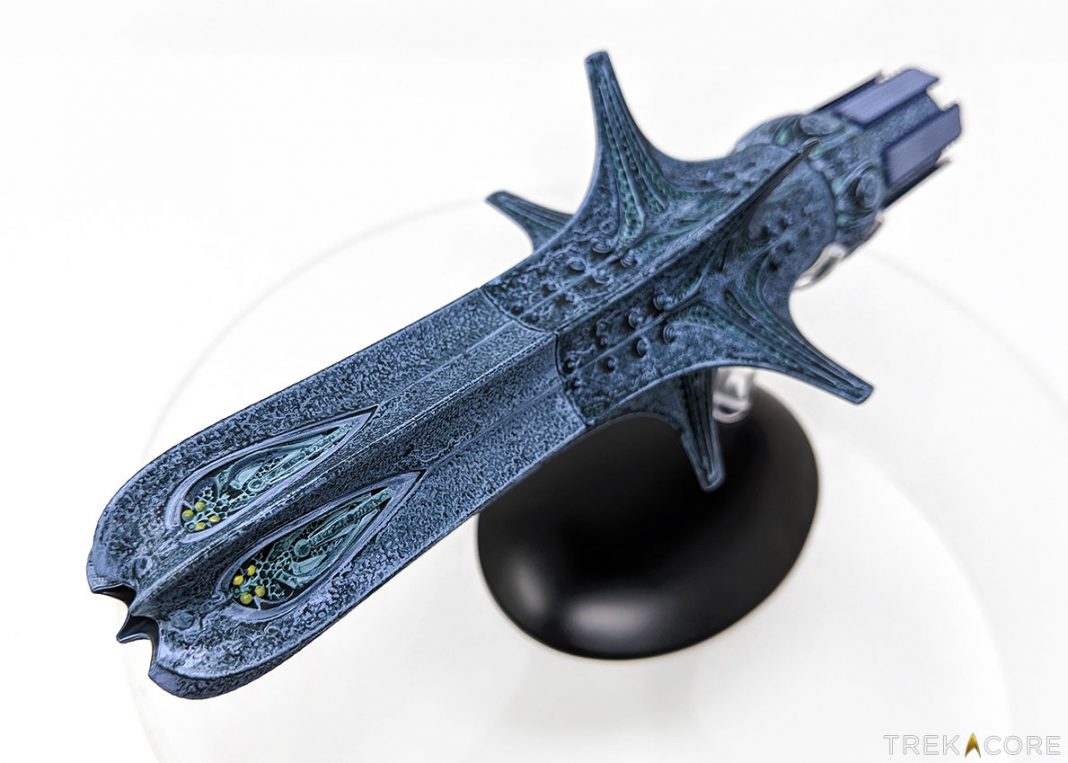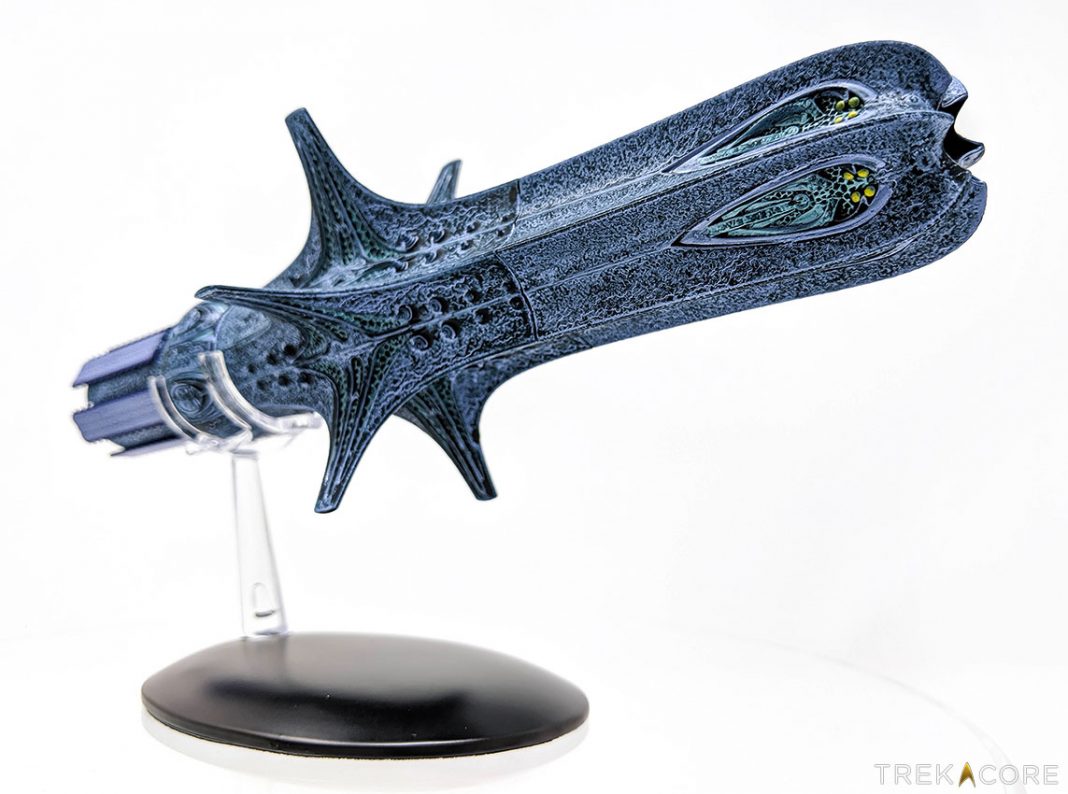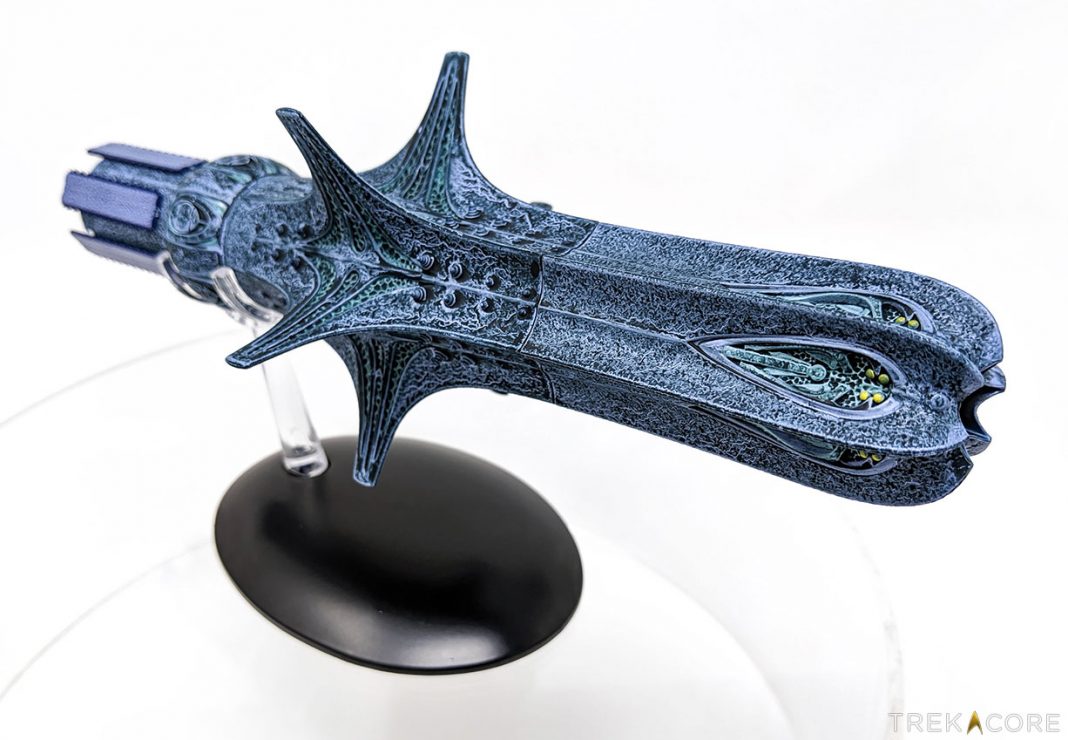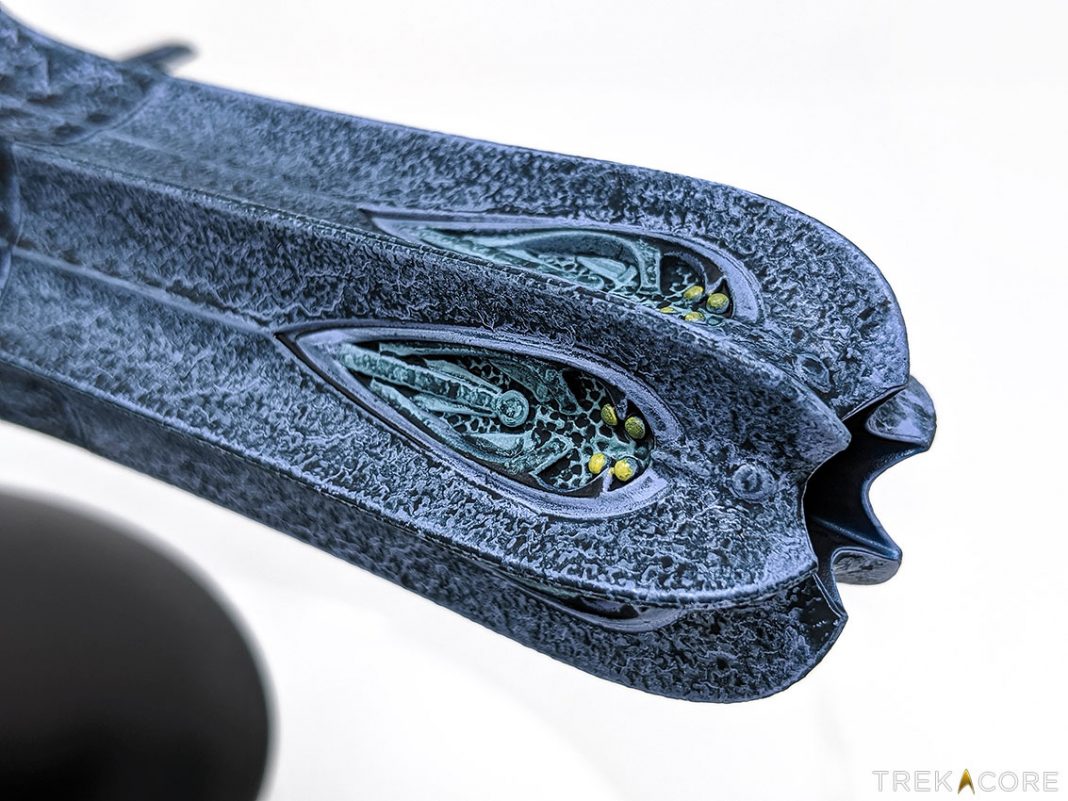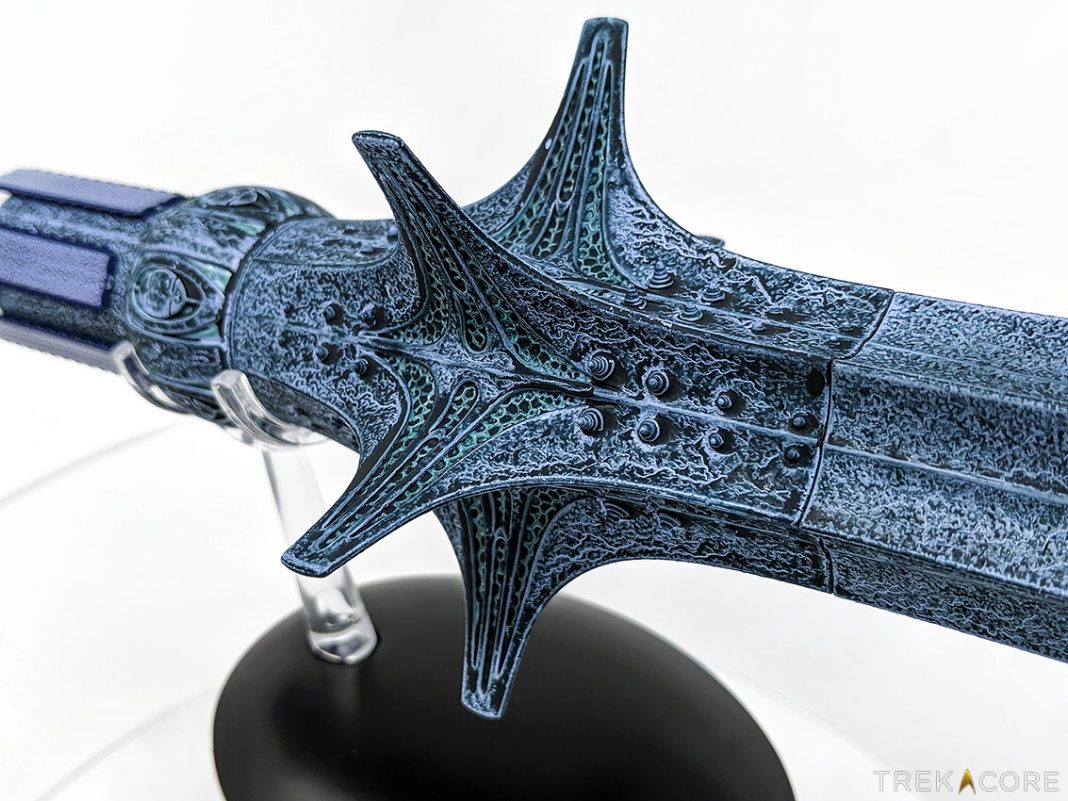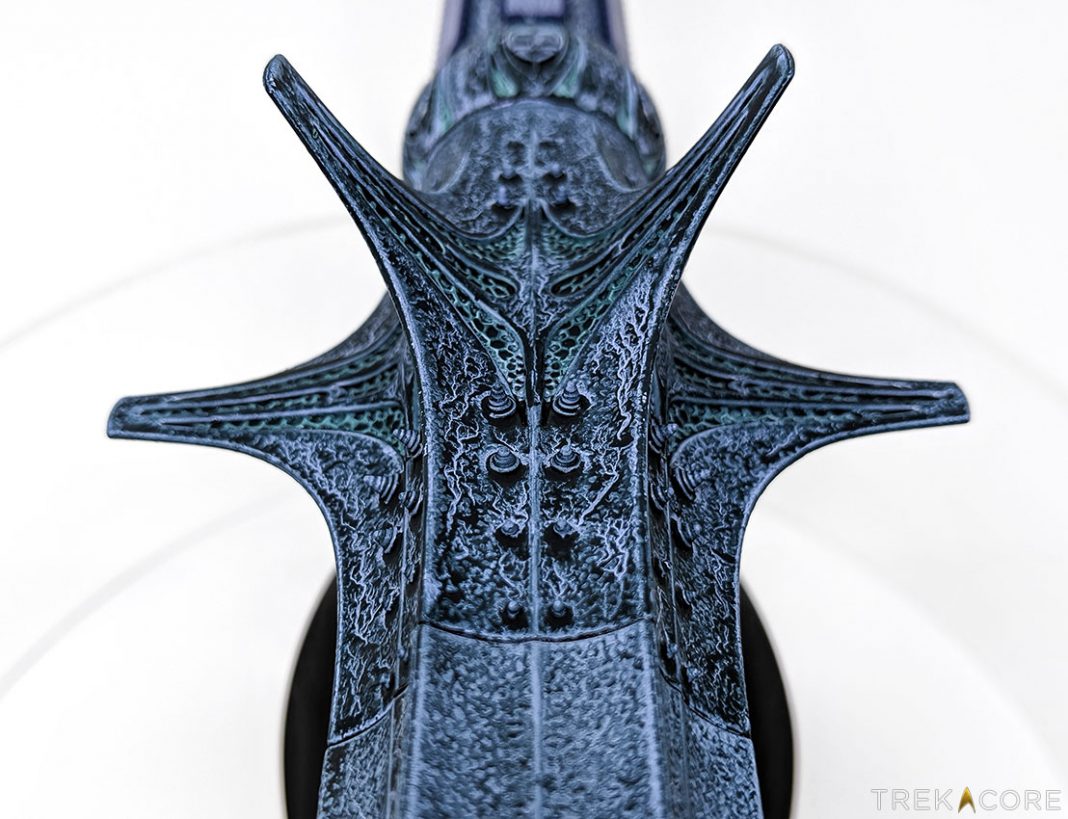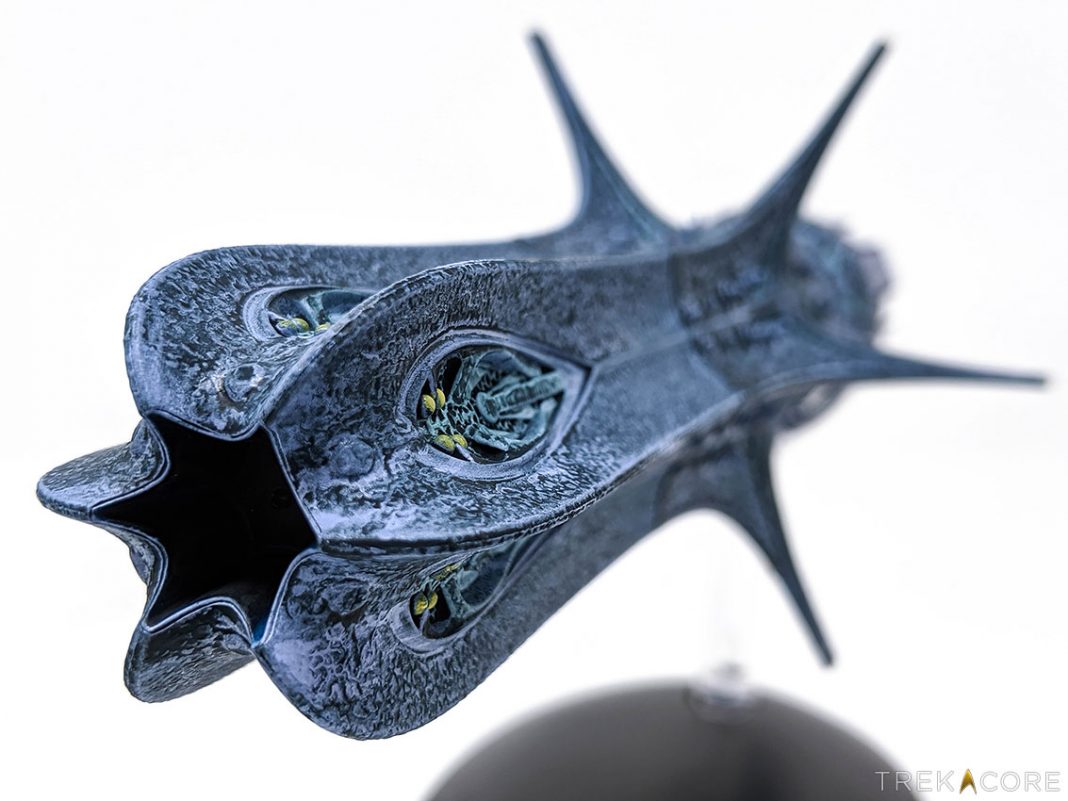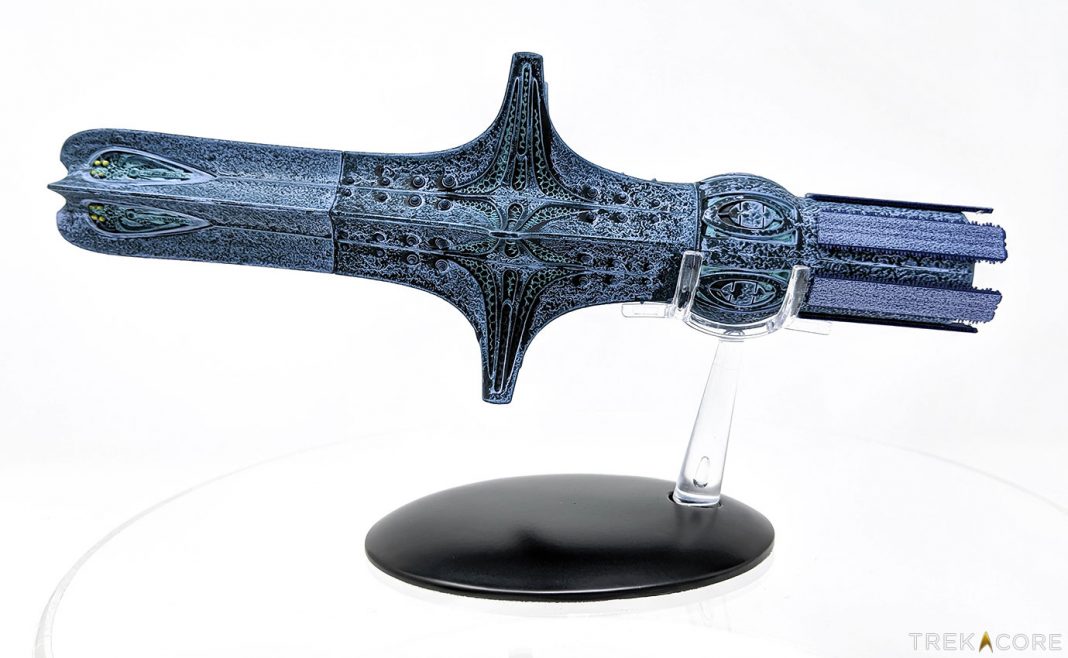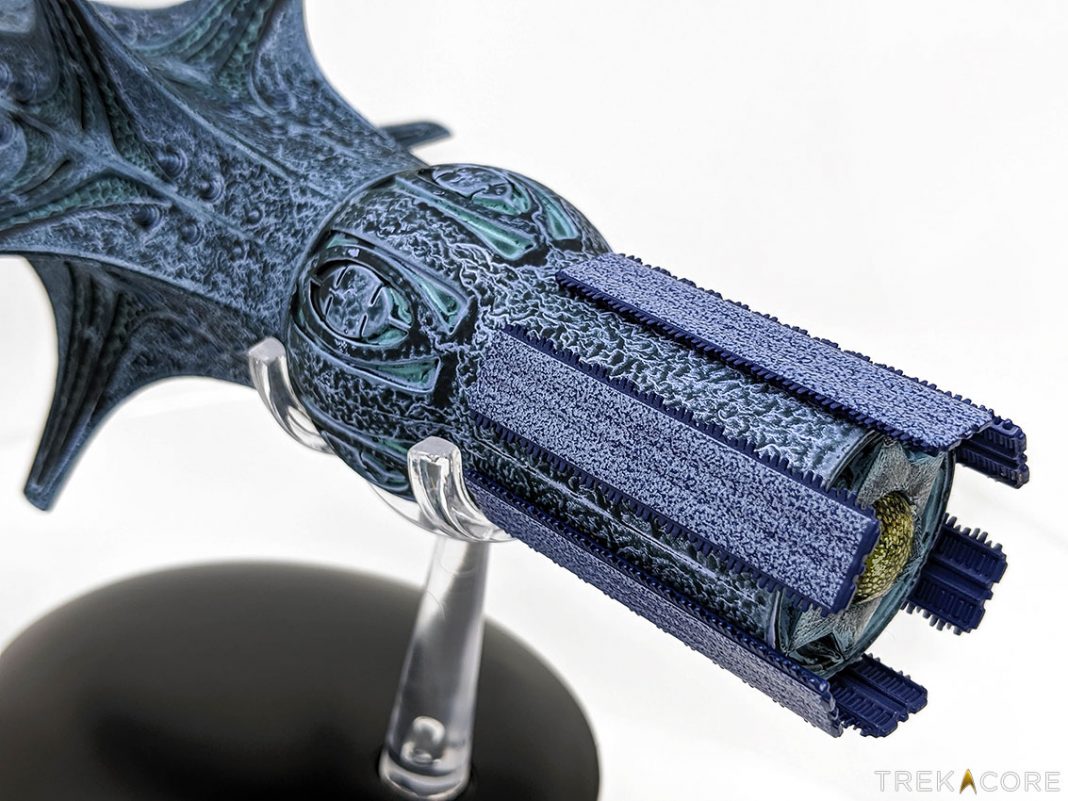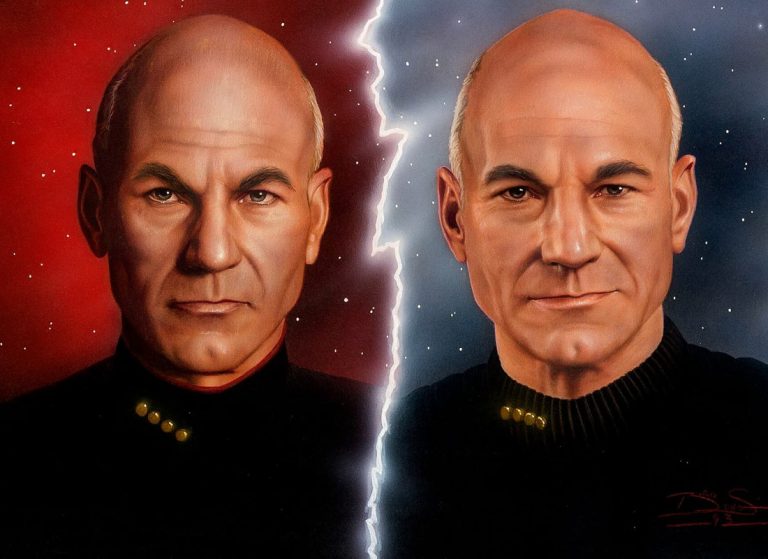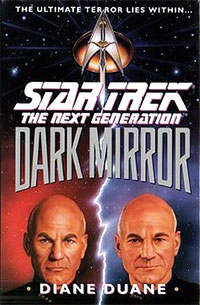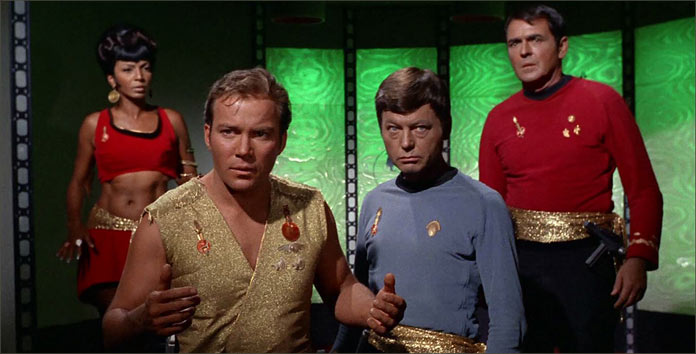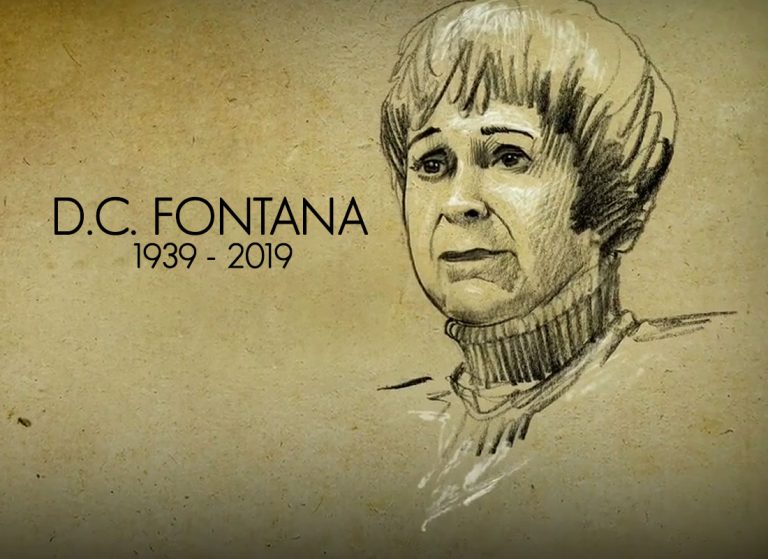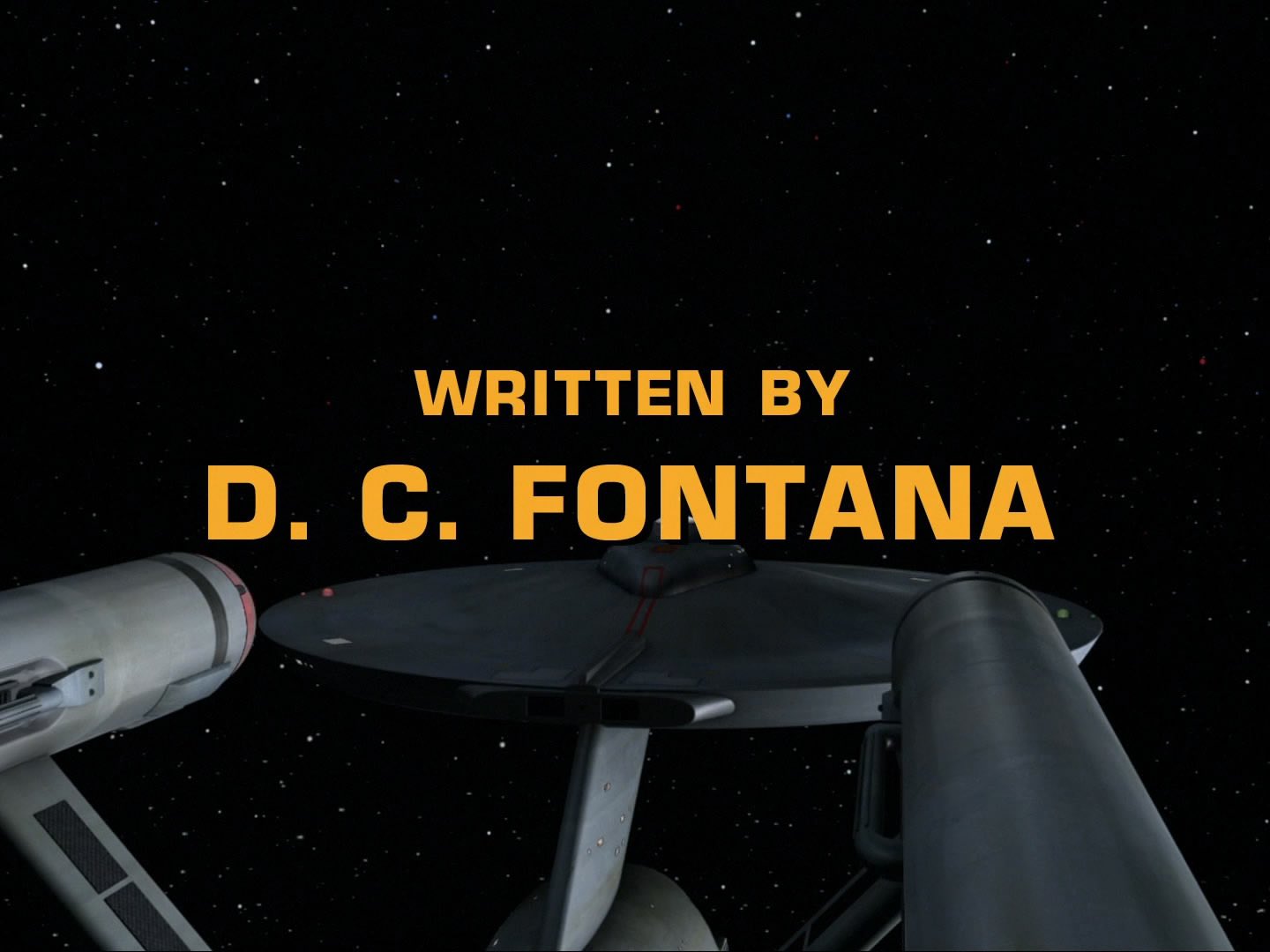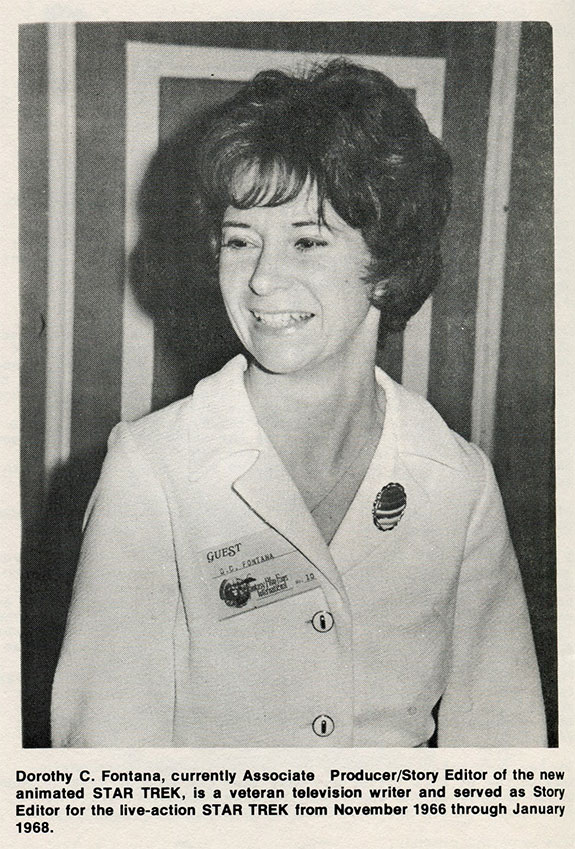In all of his travels Captain Jean-Luc Picard has never faced an opponent more powerful that Q, a being from another continuum that Picard encountered on his very first mission as Captain of the Starship Enterprise.
In the years since, Q has returned again and again to harass Picard and his crew. Sometimes dangerous, sometimes merely obnoxious, Q has always been mysterious and seemingly all-powerful.
But this time, when Q appears, he comes to Picard for help. Apparently another member of the Q continuum has tapped into an awesome power source that makes this being more powerful than the combined might of the entire Q continuum.
This renegade Q is named Trelane — also known as the Squire of Gothos, who Captain Kirk and his crew first encountered over one hundred years ago. Q explains that, armed with this incredible power, Trelane has become unspeakably dangerous.
Now Picard must get involved in an awesome struggle between super beings. And this time the stakes are not just Picard’s ship, or the galaxy, or even the universe — this time the stakes are all of creation…
We’re counting down to the January 2020 return of Jean-Luc Picard by revisiting some of the pivotal stories about the beloved Starfleet captain from across the last three decades of Star Trek: The Next Generation published fiction.
Welcome to the next entry in our retro review series Prelude to Picard!
* * * *
Peter David is a prolific Star Trek author, who has 49 Star Trek stories in print — plus years of comic book contributions — and whose contributions to Star Trek prose fiction first began in 1989. As David’s Star Trek work has expanded, so too have the creativity and imagination invested in the stories. Star Trek: The Next Generation — Q-Squared, published in 1994, represents something of a transition for the author in which he begins to tell stories that maximize the prose medium and are at times, dare I say it, even a little zany.
Because Q-Squared is a zany story. The plot involves Trelane, the advanced being encountered by Captain James Kirk and crew in the classic Trek episode “The Squire of Gothos”… who, as it turns out, is actually a member of the Q Continuum.
Trelane spends the length of the story exploiting the heart of creation, using that raw power of the universe to smash together multiple alternate realities to create chaos across dimensions.
And that’s before we even get to talking about the captain of the USS Enterprise-D…. a distinguished Starfleet officer by the name of Jack Crusher.
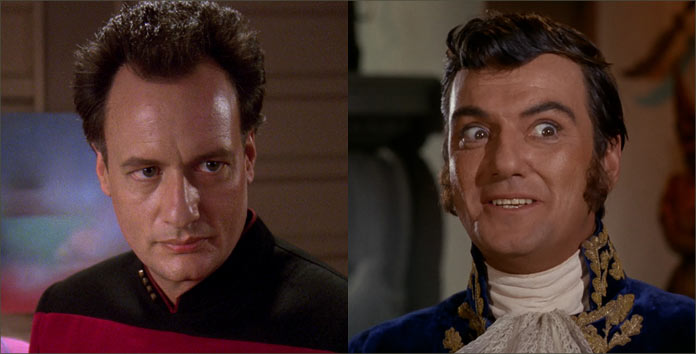
For our heroes, the events of Q-Squared take place in sometime in the seventh season of the show, as Q — ‘our’ Q — arrives with the juvenile Trelane in tow. In a sequence that foreshadows the later Star Trek: Voyager episode “Q2,” Q leaves Trelane in the care of Picard to help him mature.
But a different Trelane, from a alternate parallel universe, has other more sinister plans. After neutralizing ‘our’ Trelane, he effectively kills Q, tortures the crew of the Enterprise — including one particularly grisly sequence involving a turboshaft and the effects of falling from a great height — and then sets about smashing our reality with other parallel universes together.
In Q-Squared, we are exposed to two parallel universes; the first is one in which Jack Crusher never died aboard the Stargazer. As a result, it was Crusher, not Jean-Luc Picard, who invented what we know as the Picard Maneuver at the Battle of Maxia. Picard, following the loss of the Stargazer, was court-martialed and reduced in rank to Commander, while his one-time subordinate — and best friend — Jack Crusher is promoted to captain the Enterprise.
This Jack Crusher is divorced from his wive Beverly, after the tragic death of their son Wesley at a young age — what we later learn is some kind of cosmic trade-off for Jack’s survival in this universe. In this reality, Picard and Beverly are in the midst of a torrid affair that they both know is wrong but neither of them can stop; Picard is betraying his best friend and commanding officer, but seems unwilling or unable to put an end to the relationship.
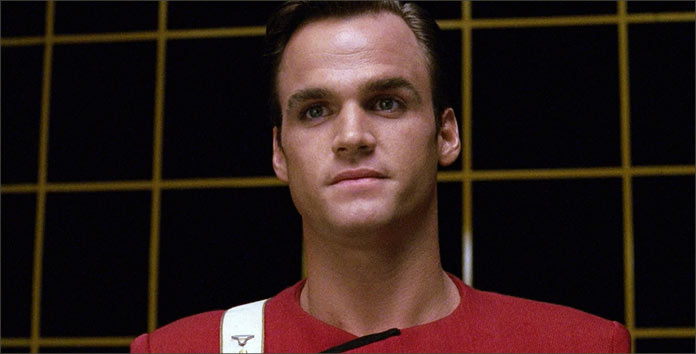
In addition to the personal drama aboard the Enterprise, one Lt. Commander William Riker is rescued from nearly a decade in a Romulan torture chamber by a hotshot young Klingon operative named Worf. The Enterprise is diverted from its mission to Farpoint Station to bring Riker’s wife — Deanna Troi Riker, with son Tommy in tow — to a reunite with the rescued Starfleet officer.
The second alternate timeline we see in Q-Squared is a variation on the ship and crew seen in “Yesterday’s Enterprise.” In this version of that timeline, however, the crew of the Enterprise-C died before the Enterprise-D encountered them, and so the timeline was never restored.
Crewed by a militaristic, angry, desperate band of Starfleet officers who see Klingon plots all around them, the “Yesterday’s Enterprise” crew add an additional air of intrigue and danger to the novel’s plot.
Eventually, after playing with each of the crews in turn — including driving Jack Crusher mad by revealing Picard and Beverly’s affair — Trelane begins to execute his plan to smash realities together. The three different Enterprise crews find themselves inhabiting the same space, unsure of what is going on, who to trust, and how to return space time to normal.
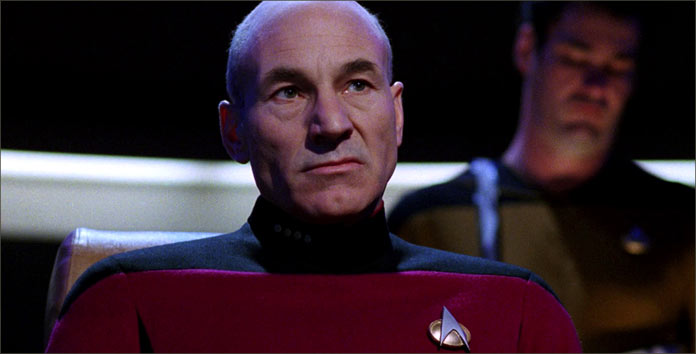
And if that sounds like a lot, it is! But despite being a very complicated book, with lots of overlapping characters, interpersonal drama, and the machinations of both time travel and parallel universes, Q-Squared is a tremendous amount of fun. David’s best works, like this one, joyfully relish in twisting up the Star Trek universe, pulling in lots of different concepts from the shows, from the Original Series, and mixing them up to grand effect.
And even though there are a lot of characters in this novel, Jean-Luc Picard floats to the top as the book’s main protagonist. We see three different versions of Picard in this book – the one we’re familiar with from the Prime timeline, Commander Picard, and Picard from the “Yesterday’s Enterprise” variant.
Of all of them, Commander Picard is the most interesting; a man laid low by the events of his life. Unfairly pinned as responsible for the loss of the Stargazer, Captain Crusher’s recruitment of Picard to serve as his executive officer is his last change to get his career back on track.
Meanwhile, the Picard-Crusher dynamic is as strong as ever, with the added undercurrent of Picard’s mixed feelings about his affair with Beverly.
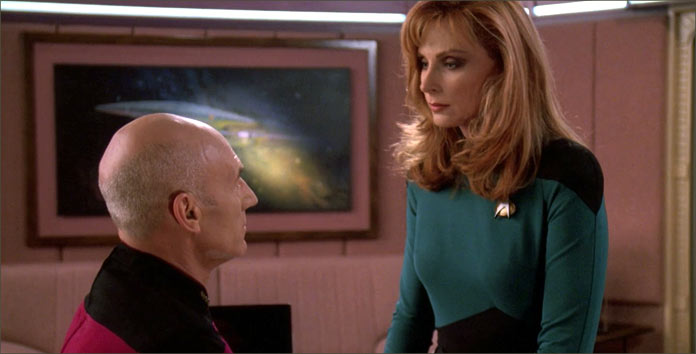
Q-Squared is not the only novel to deal with the Picard-Jack Crusher relationship, it was something of a fascination for Star Trek: The Next Generation novelists in the 1990s — see both Reunion and Dark Mirror for more — but Q-Squared definitely pushes it the farthest.
In some ways, it is interesting to see cracks in Picard’s heroic exterior, as we see a world in which he places his personal desires above the good of others. We hope that our own captain would never find himself making those kind of choices, but can we be so sure? We did, after all, see in “Tapestry” that if a few events in Picard’s life had changed along the way he would be a very different man.
Q-Squared is a rich narrative that will keep you engaged through all 330 pages, and leave you thinking. Not all of Peter David’s later works in which he tried to push the boundaries of Star Trek, like some of the later books in his New Frontier series, work as well. But Q-Squared knows just where to push and how far to be thoroughly engaging, unpredictable, and weighty.
Another must-read!

